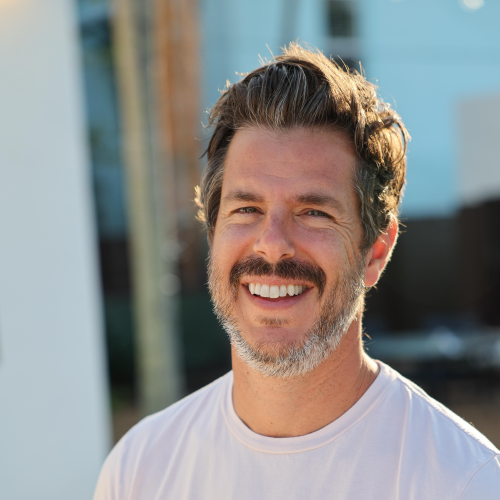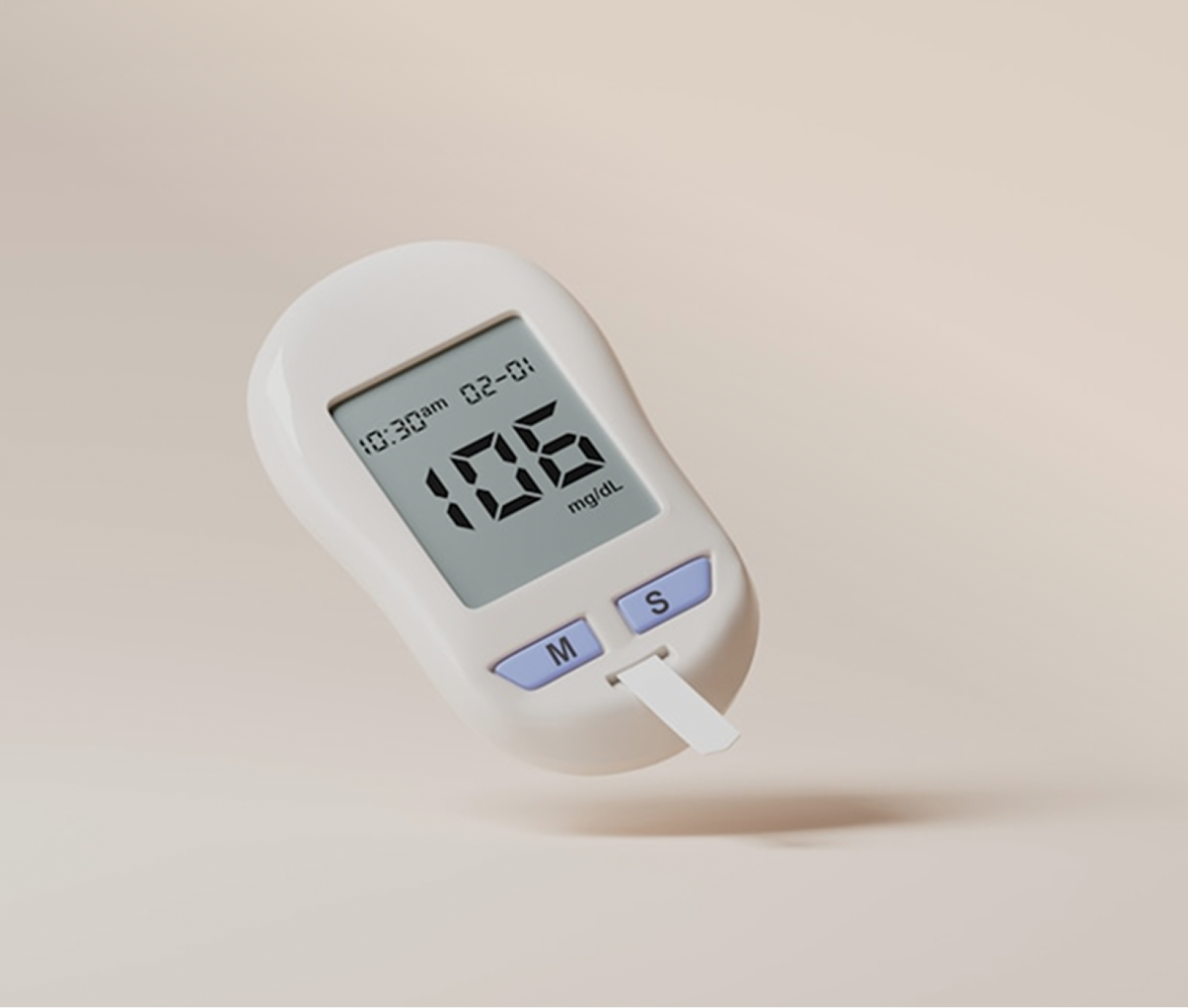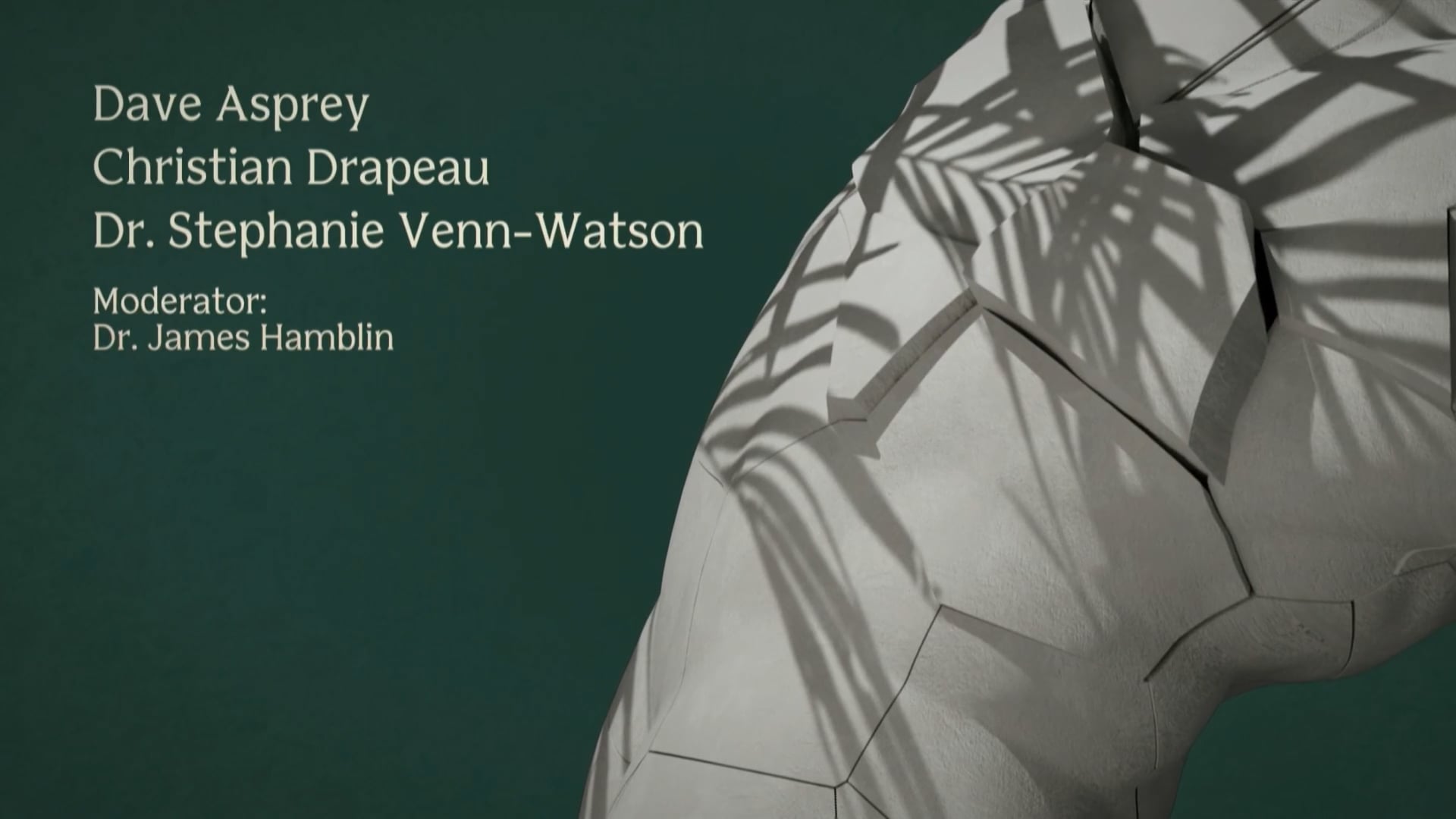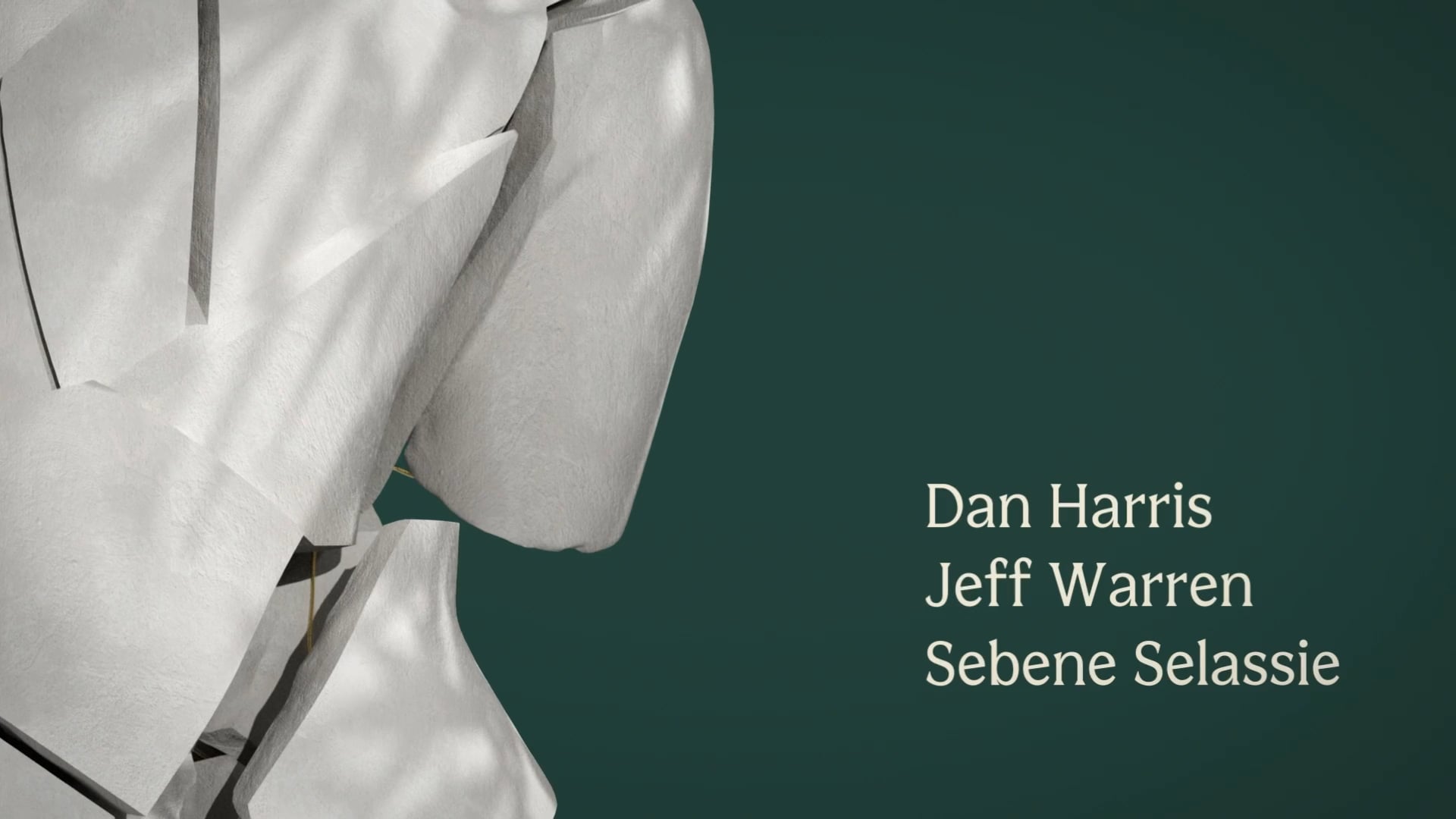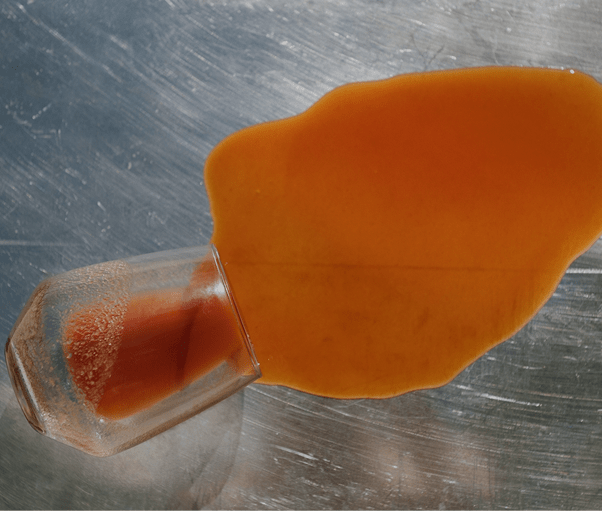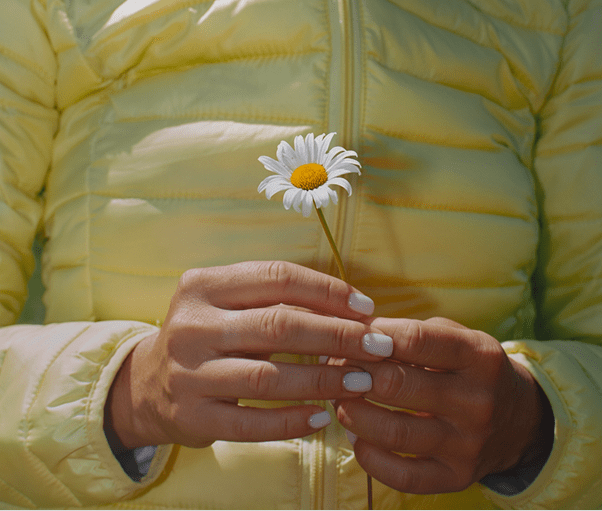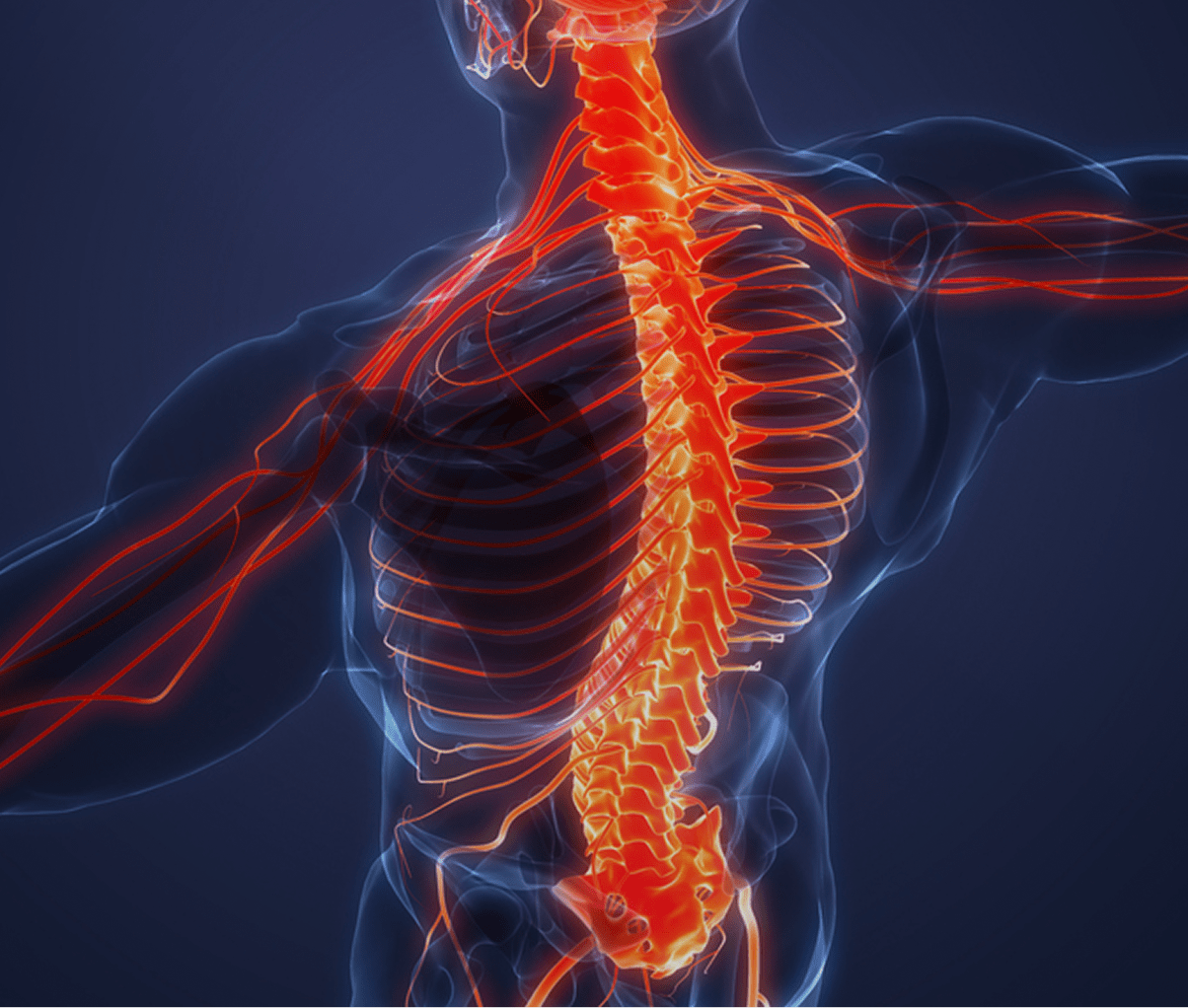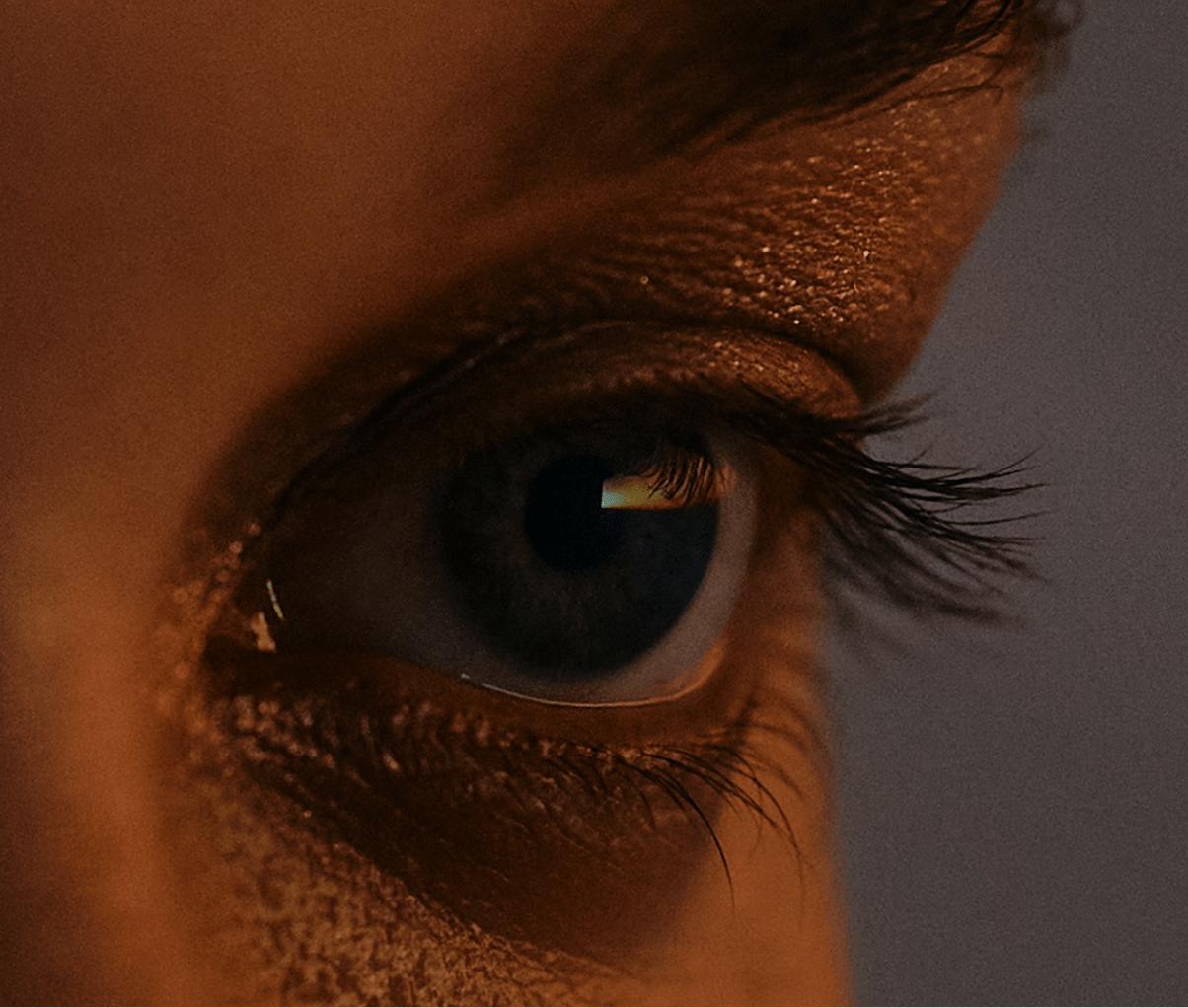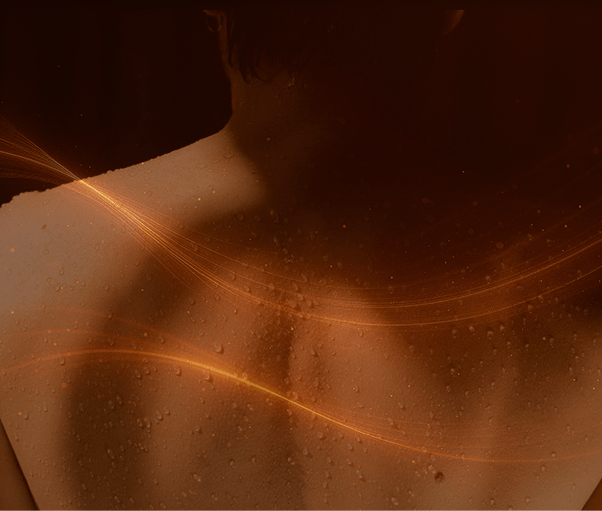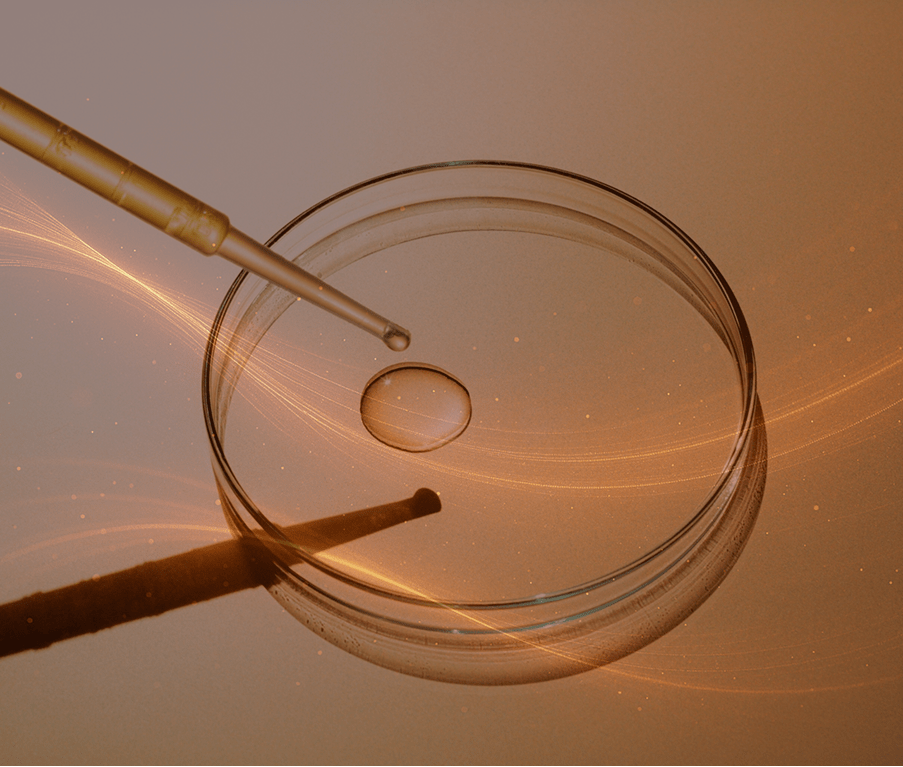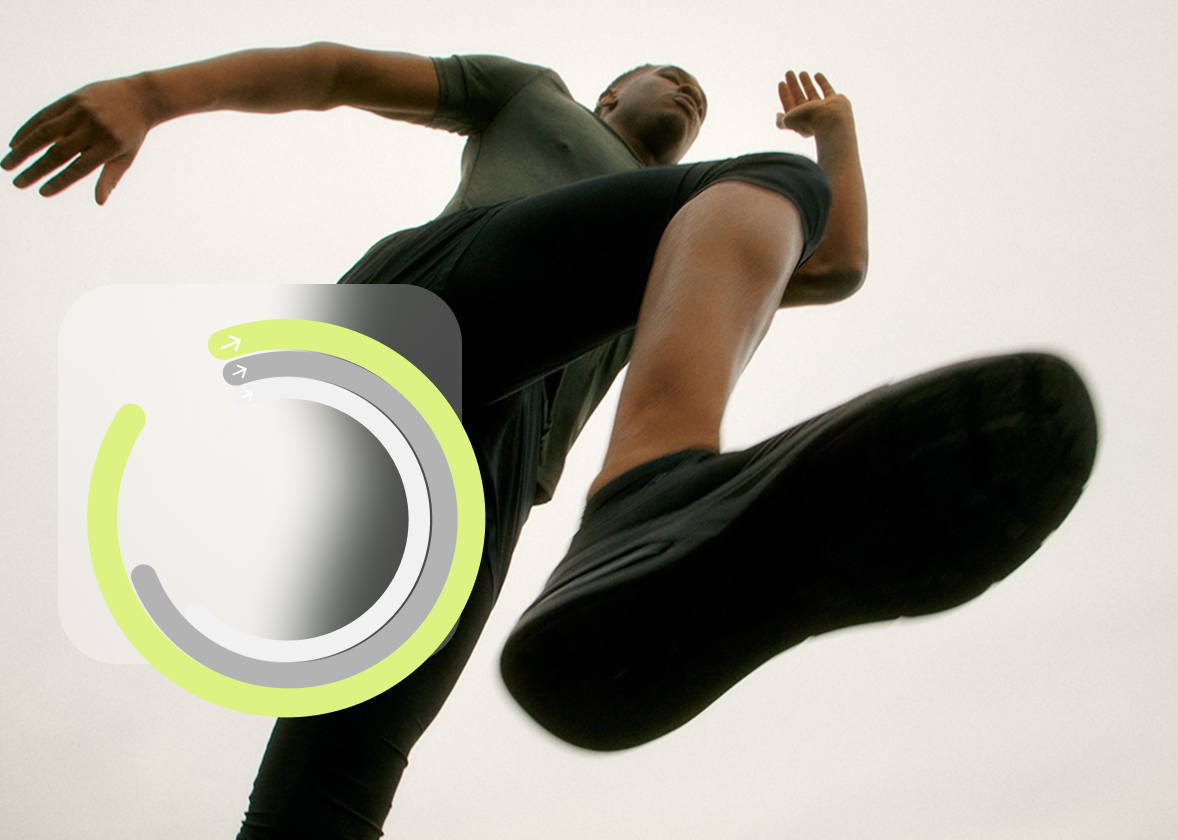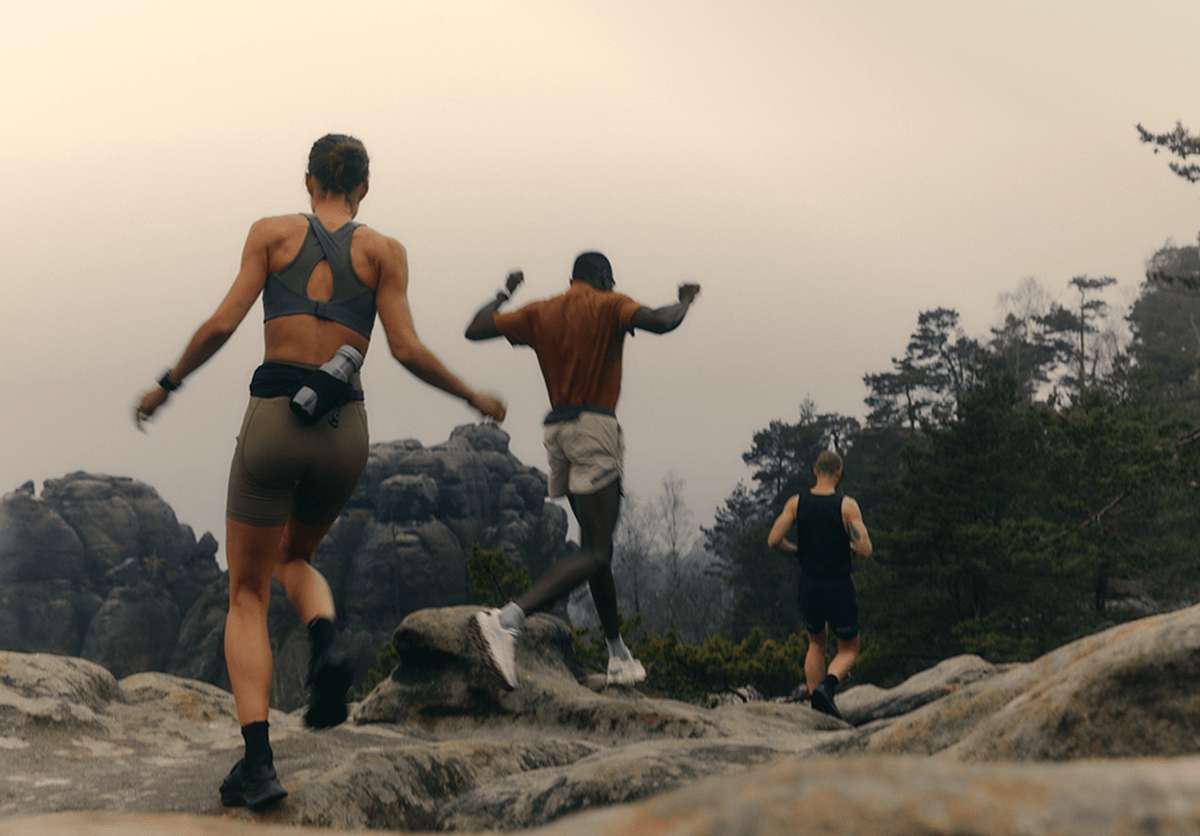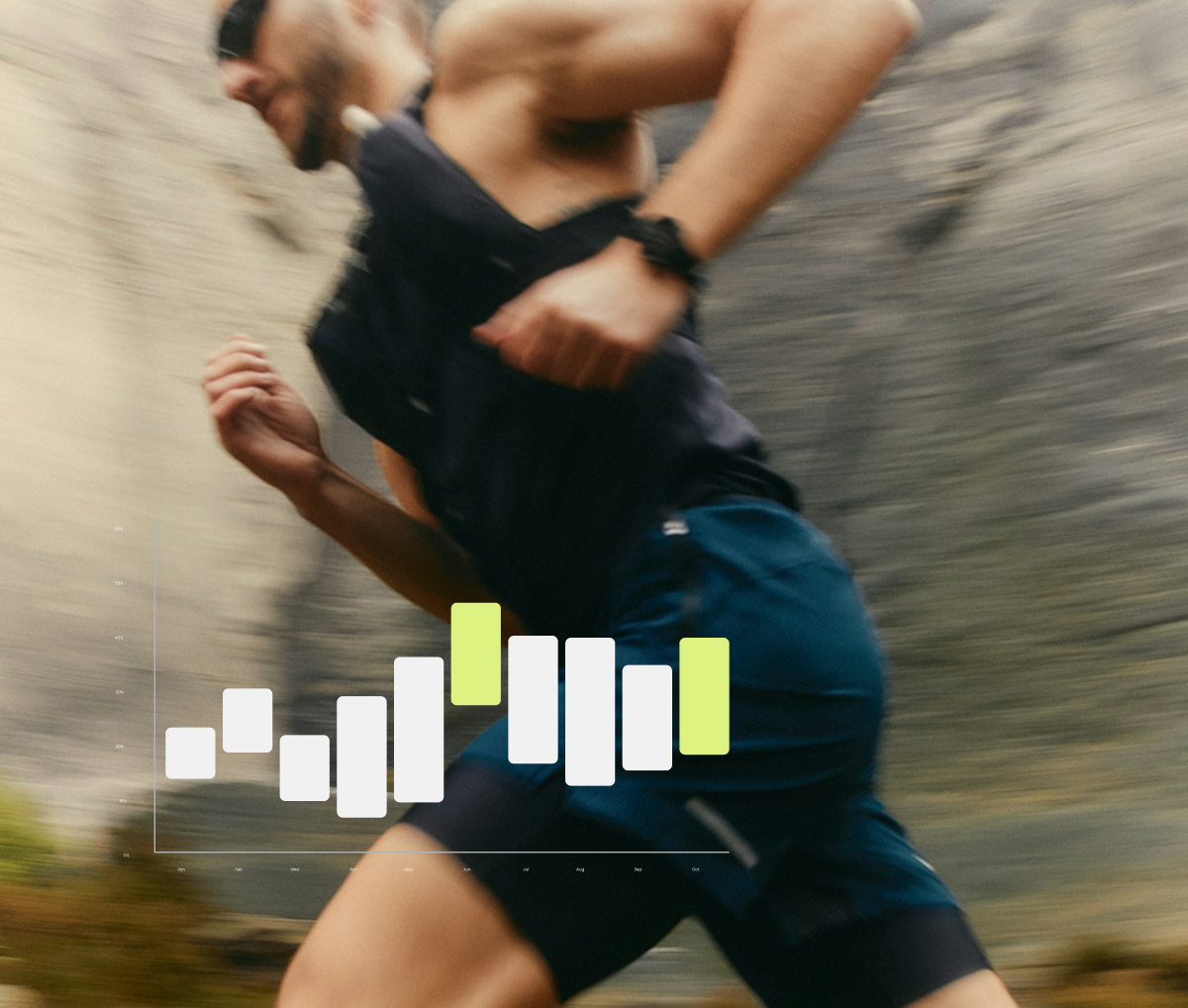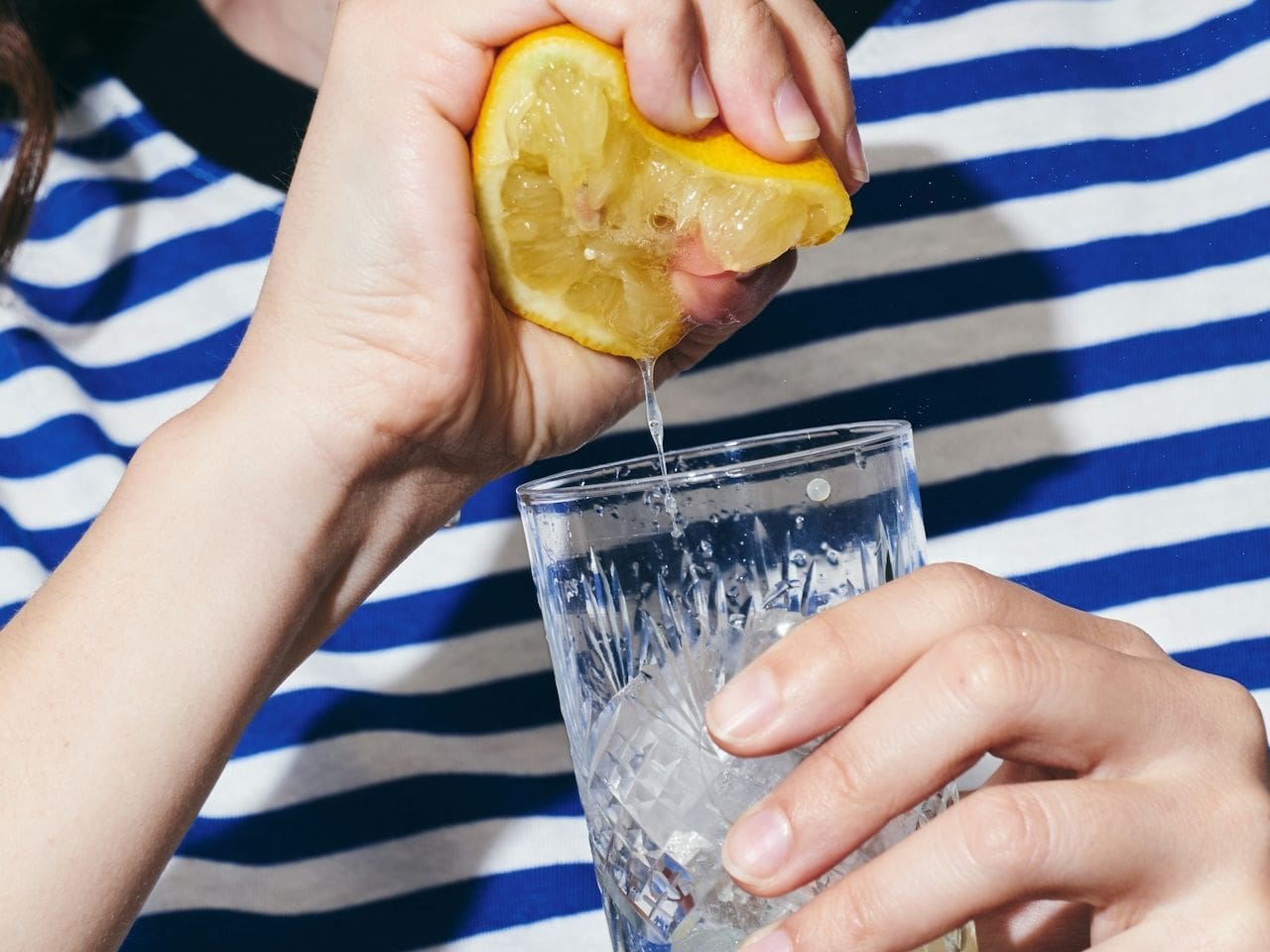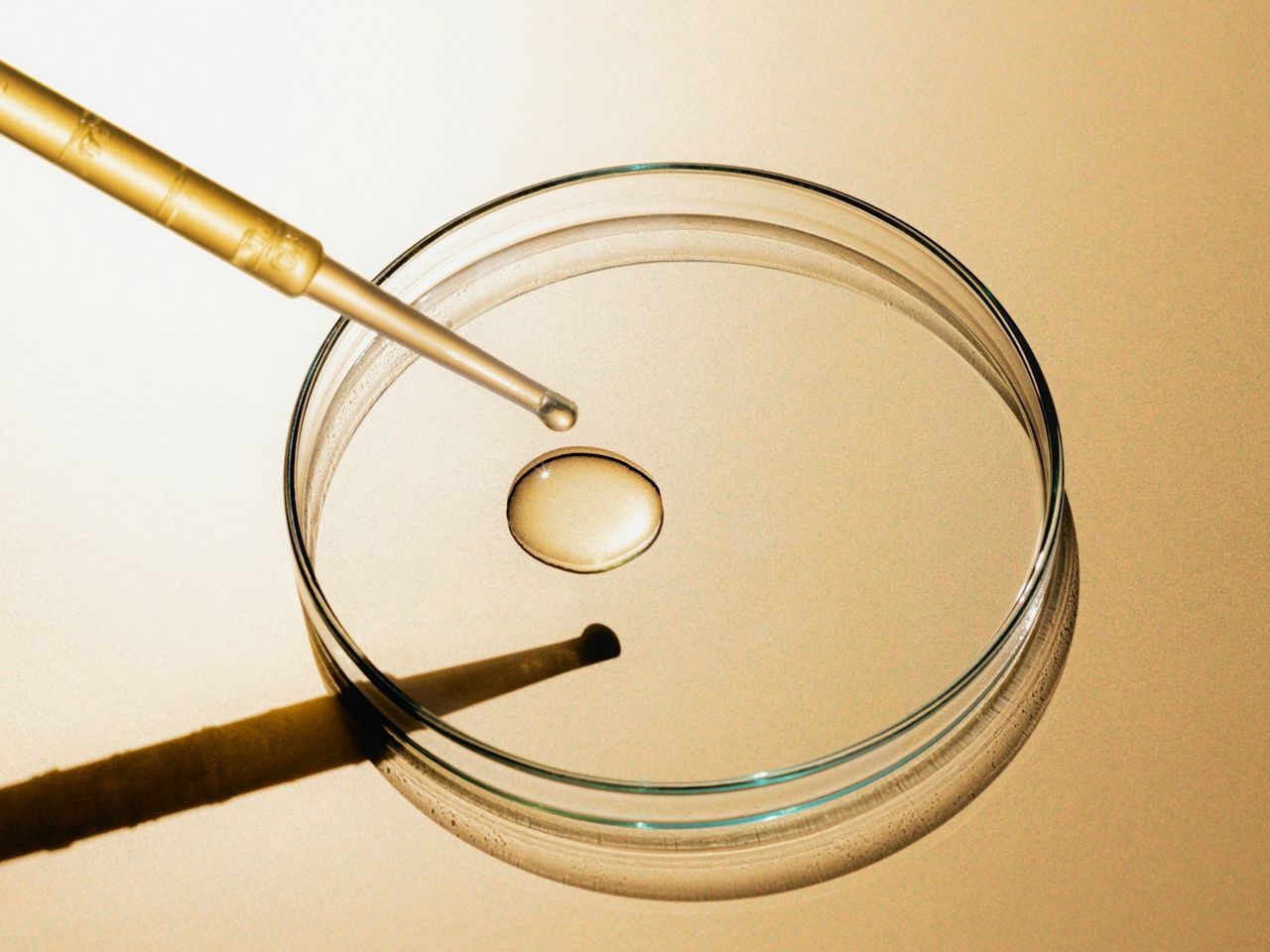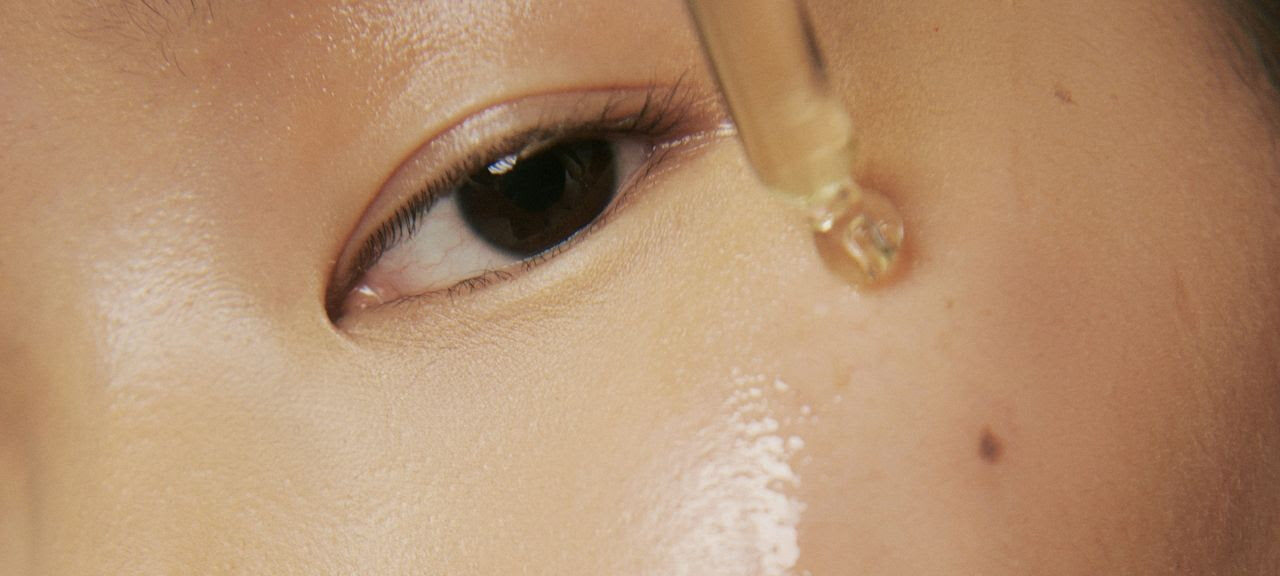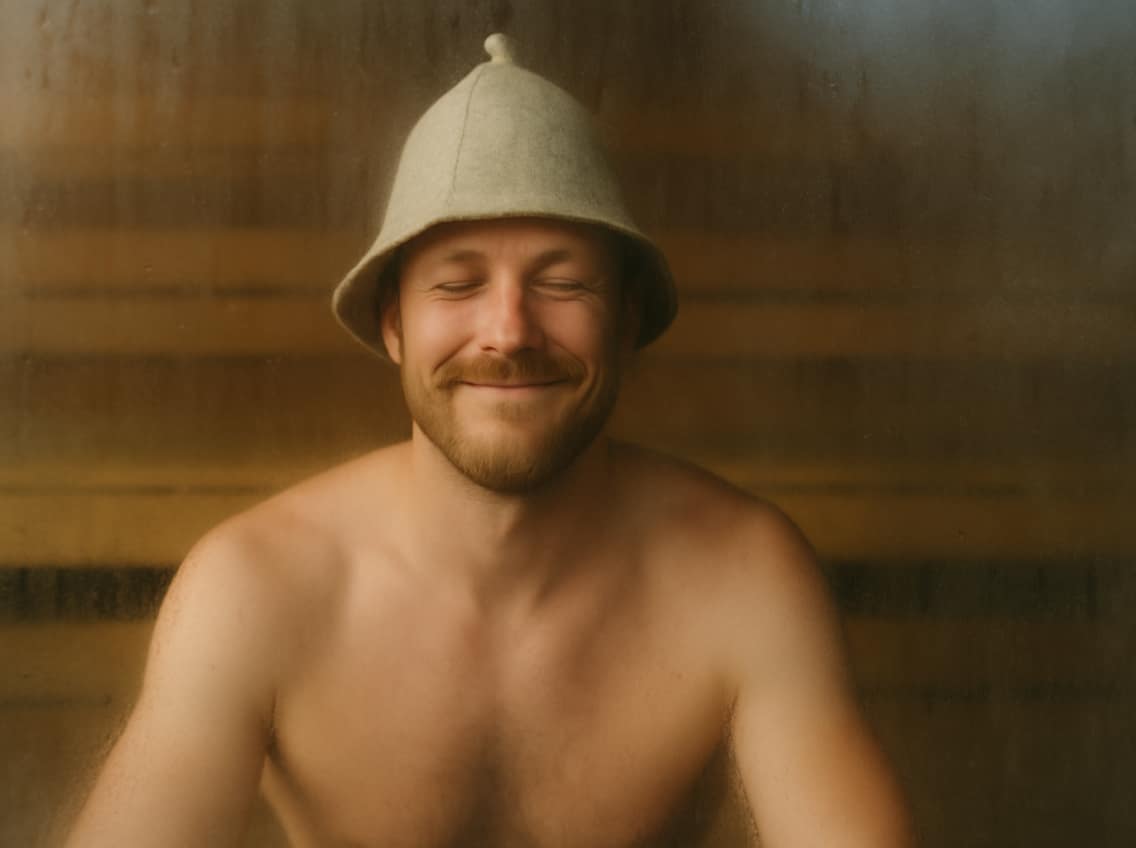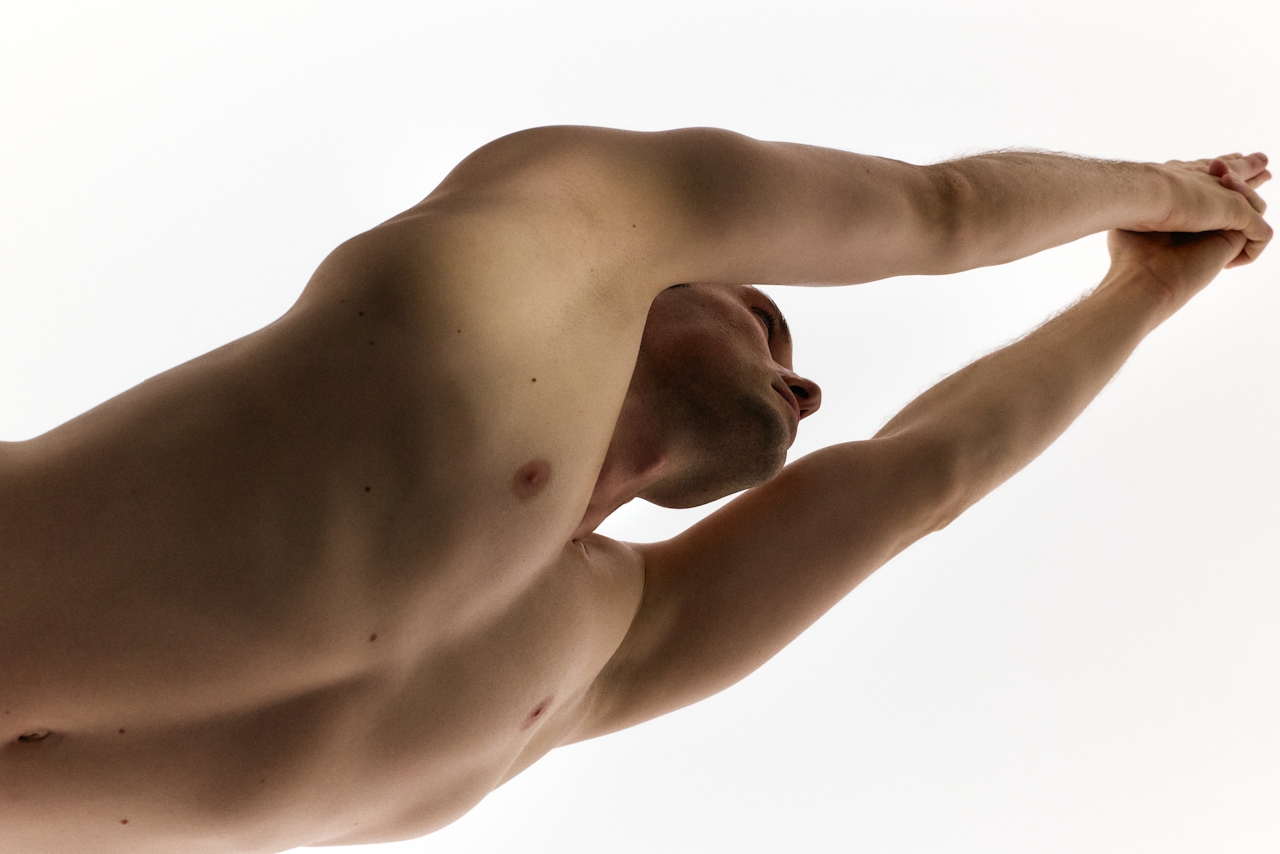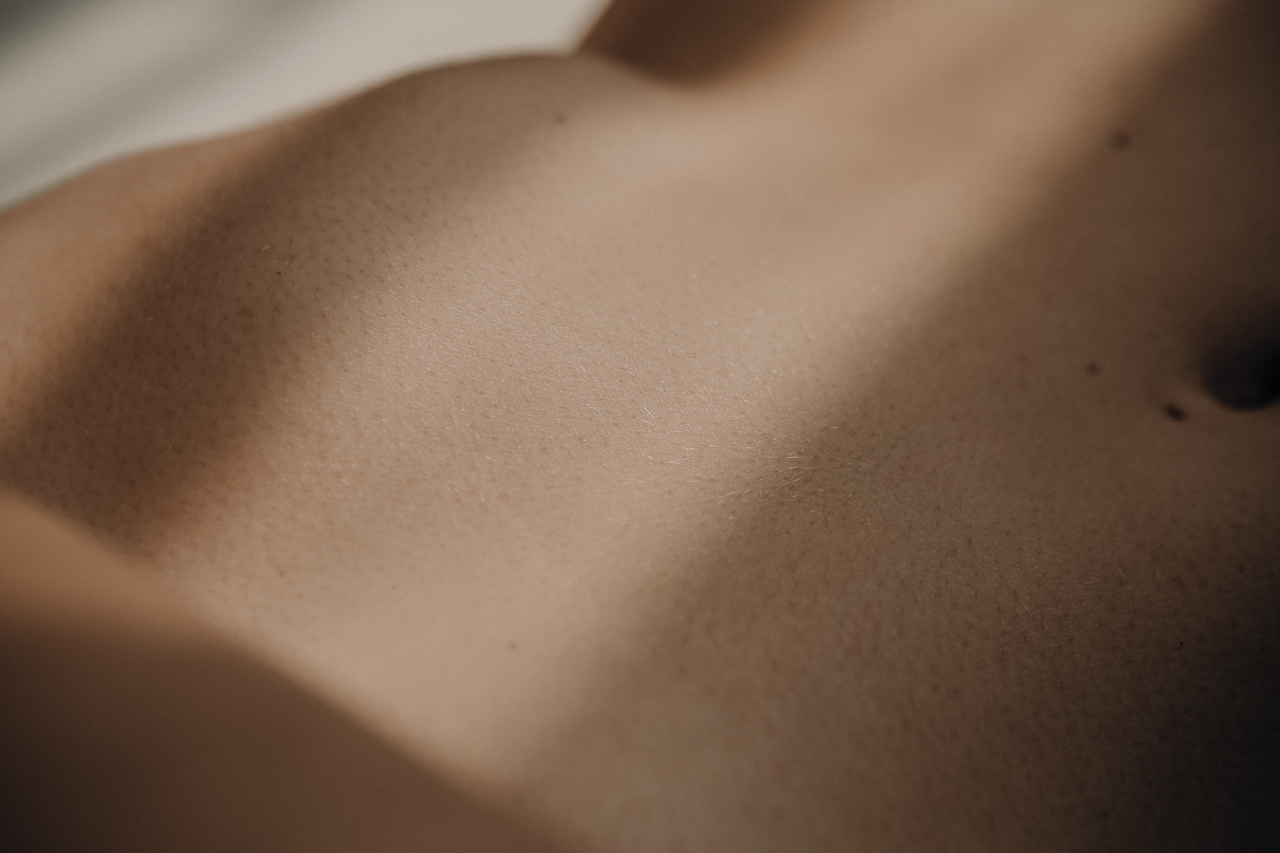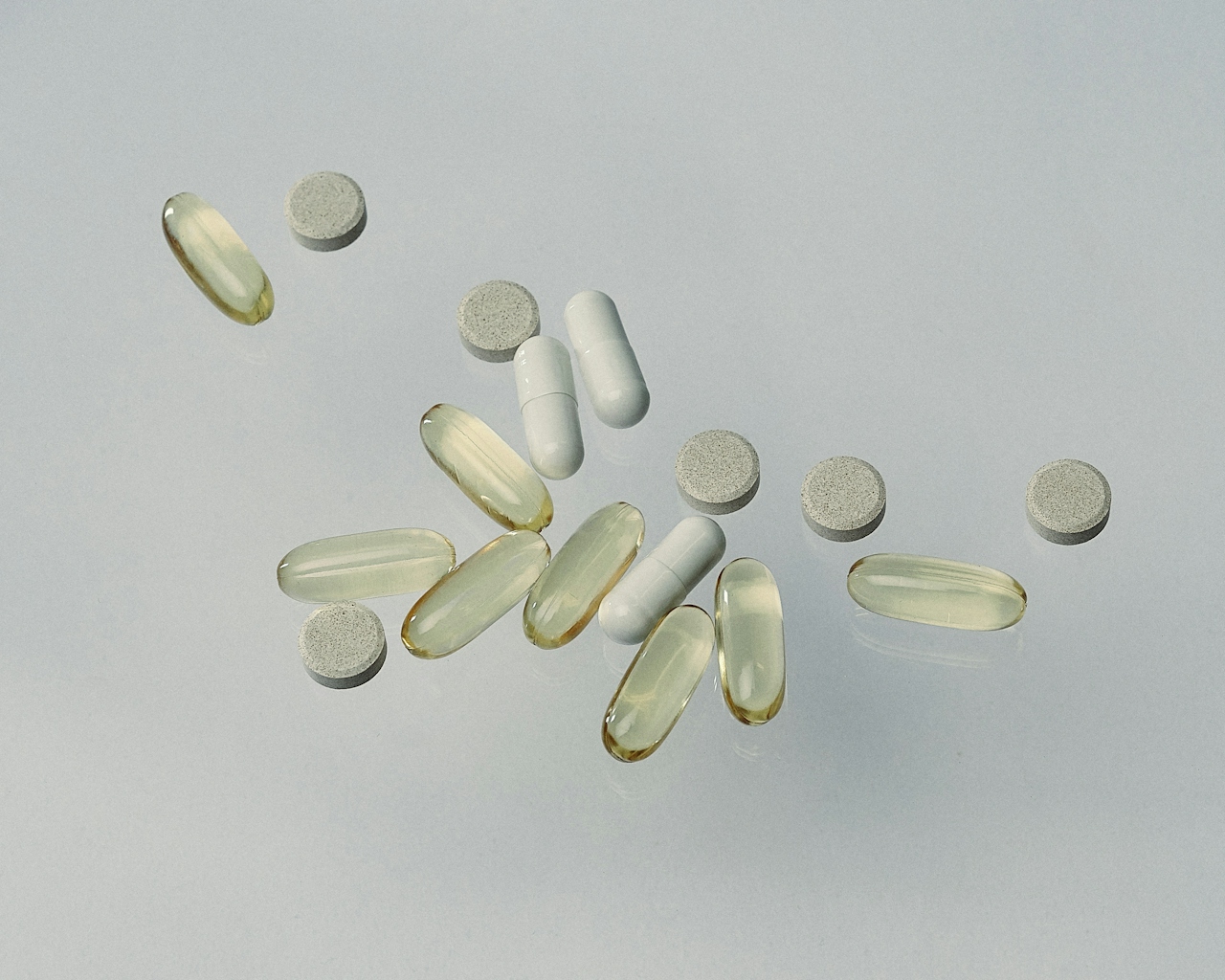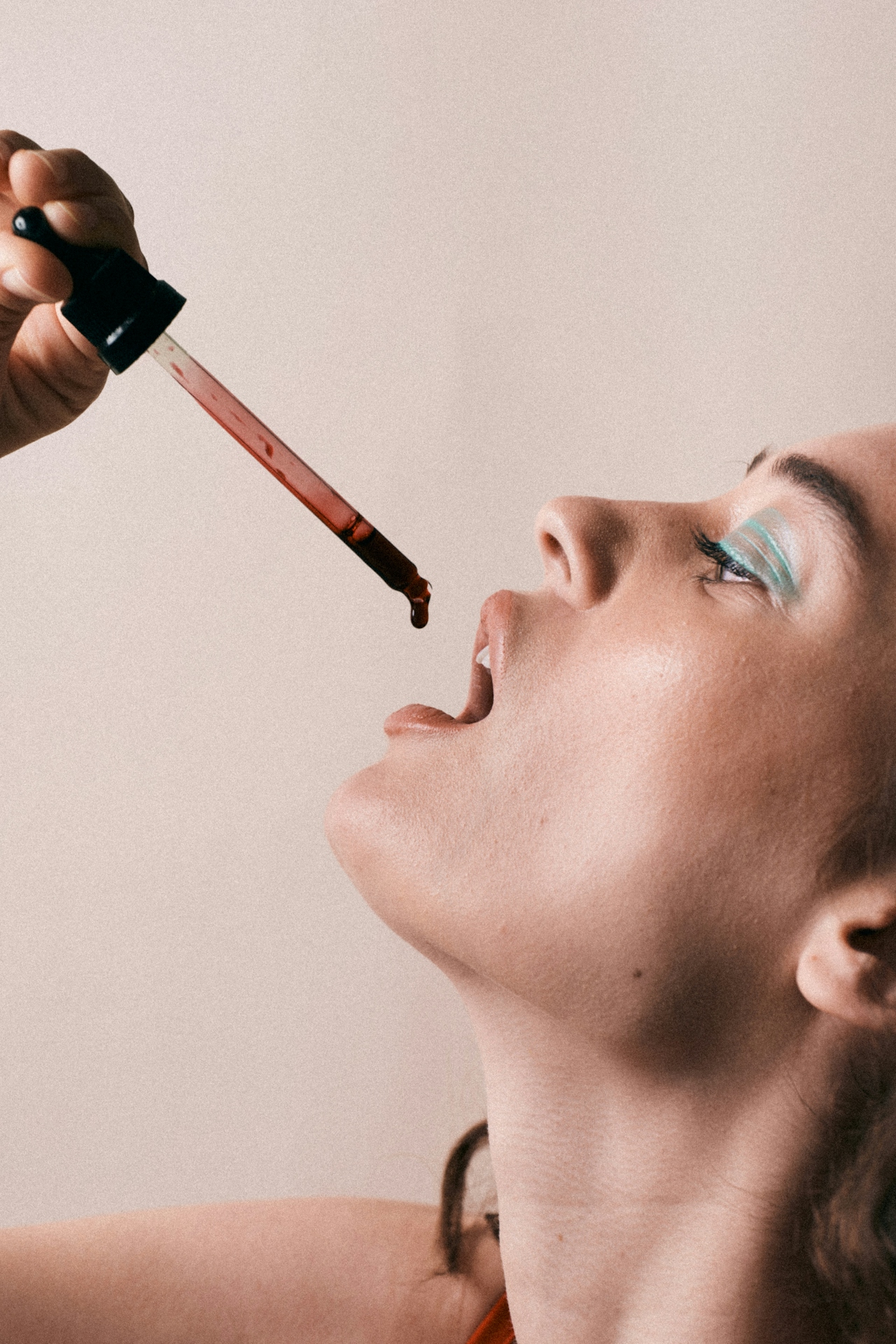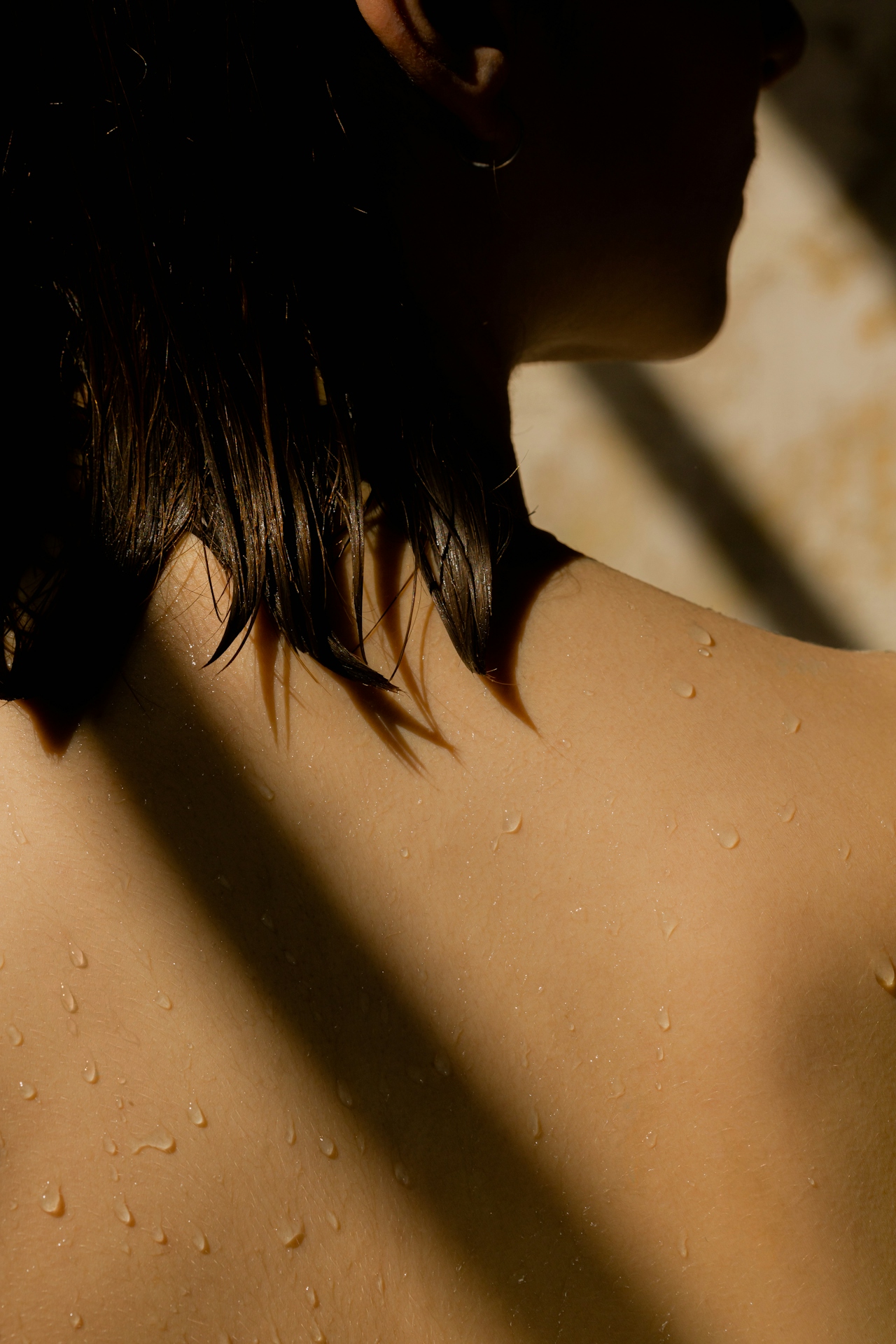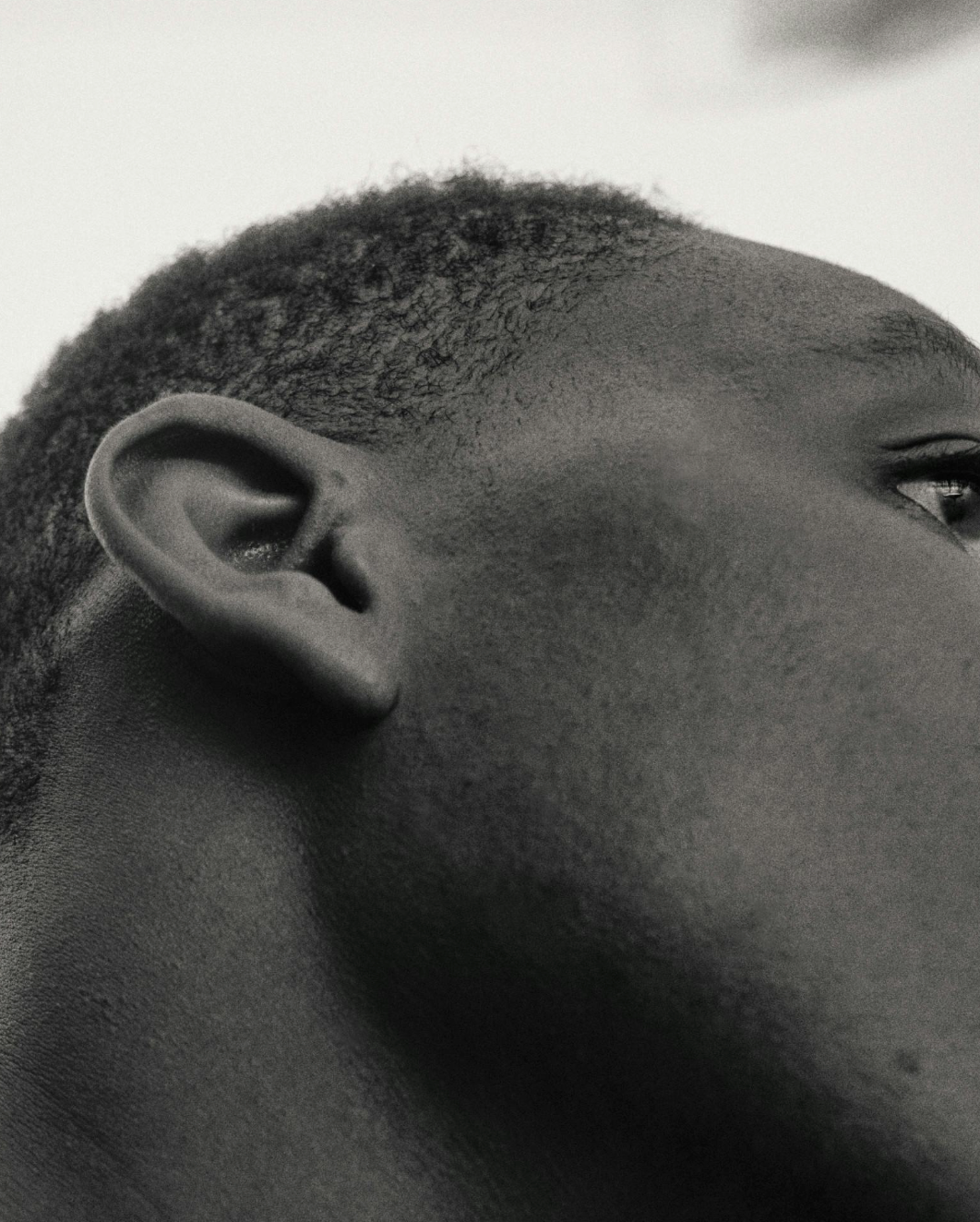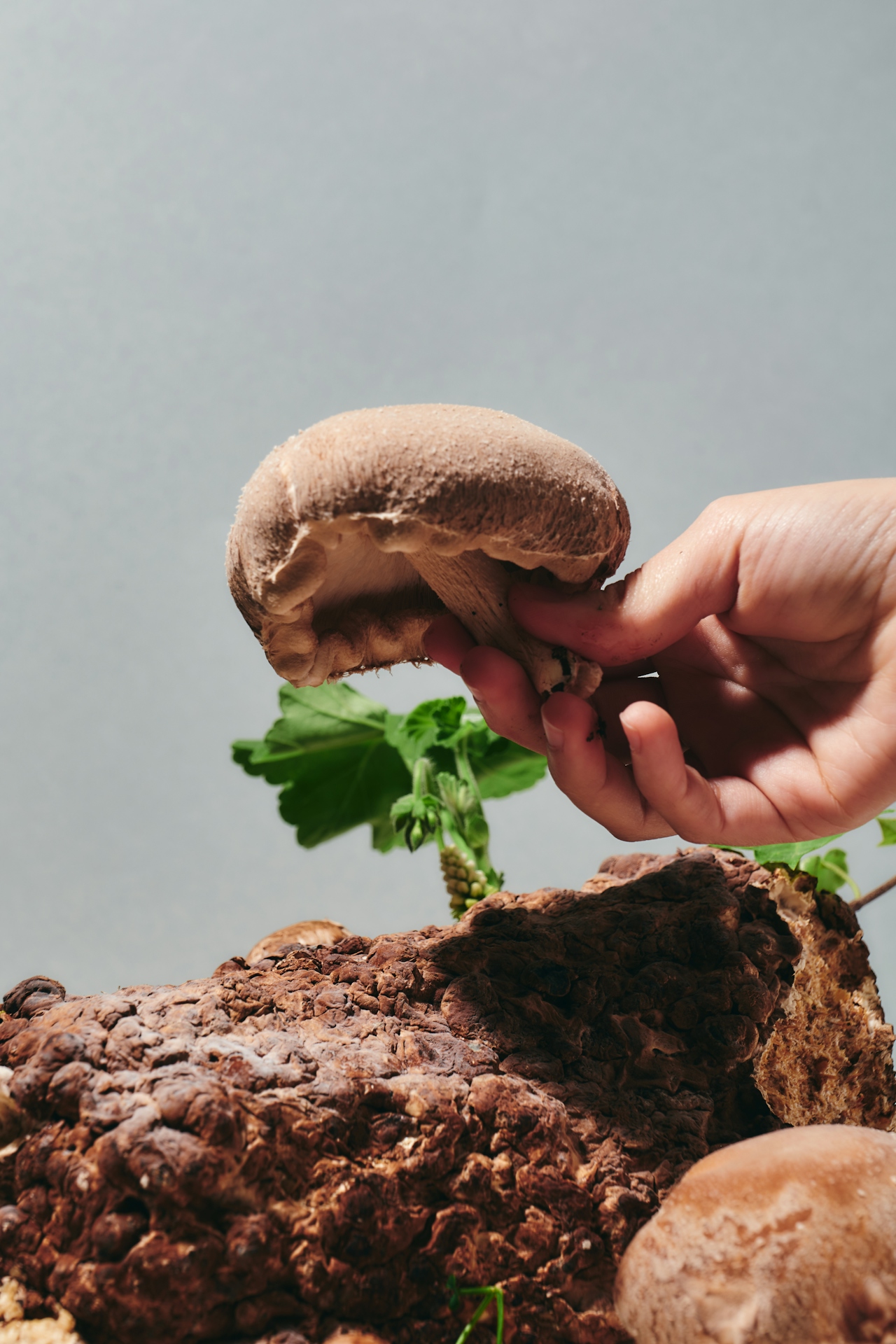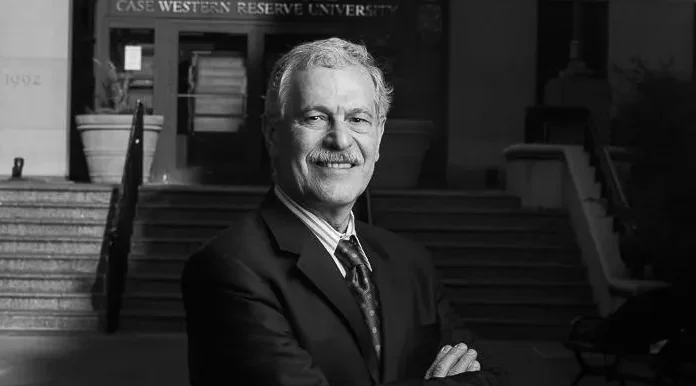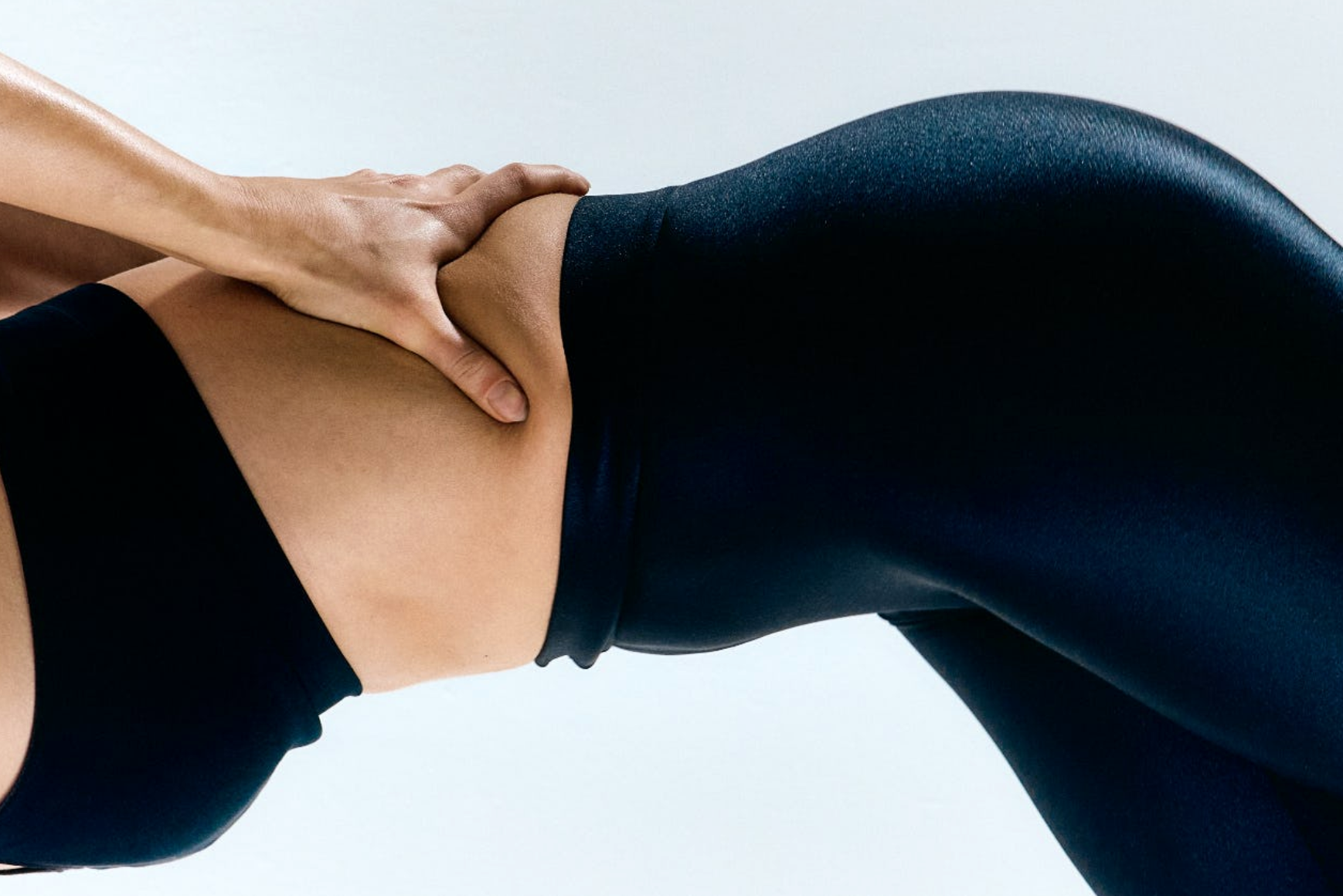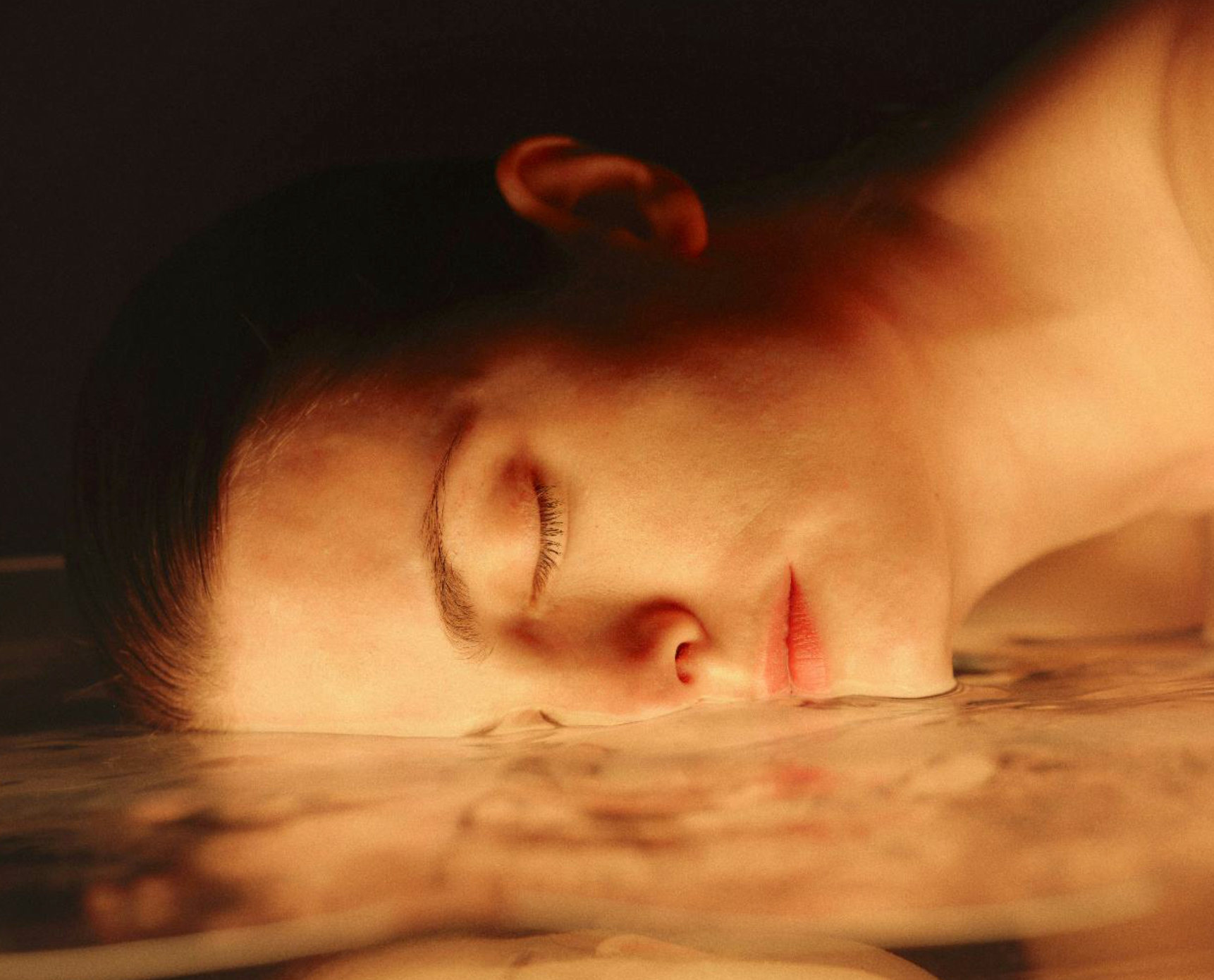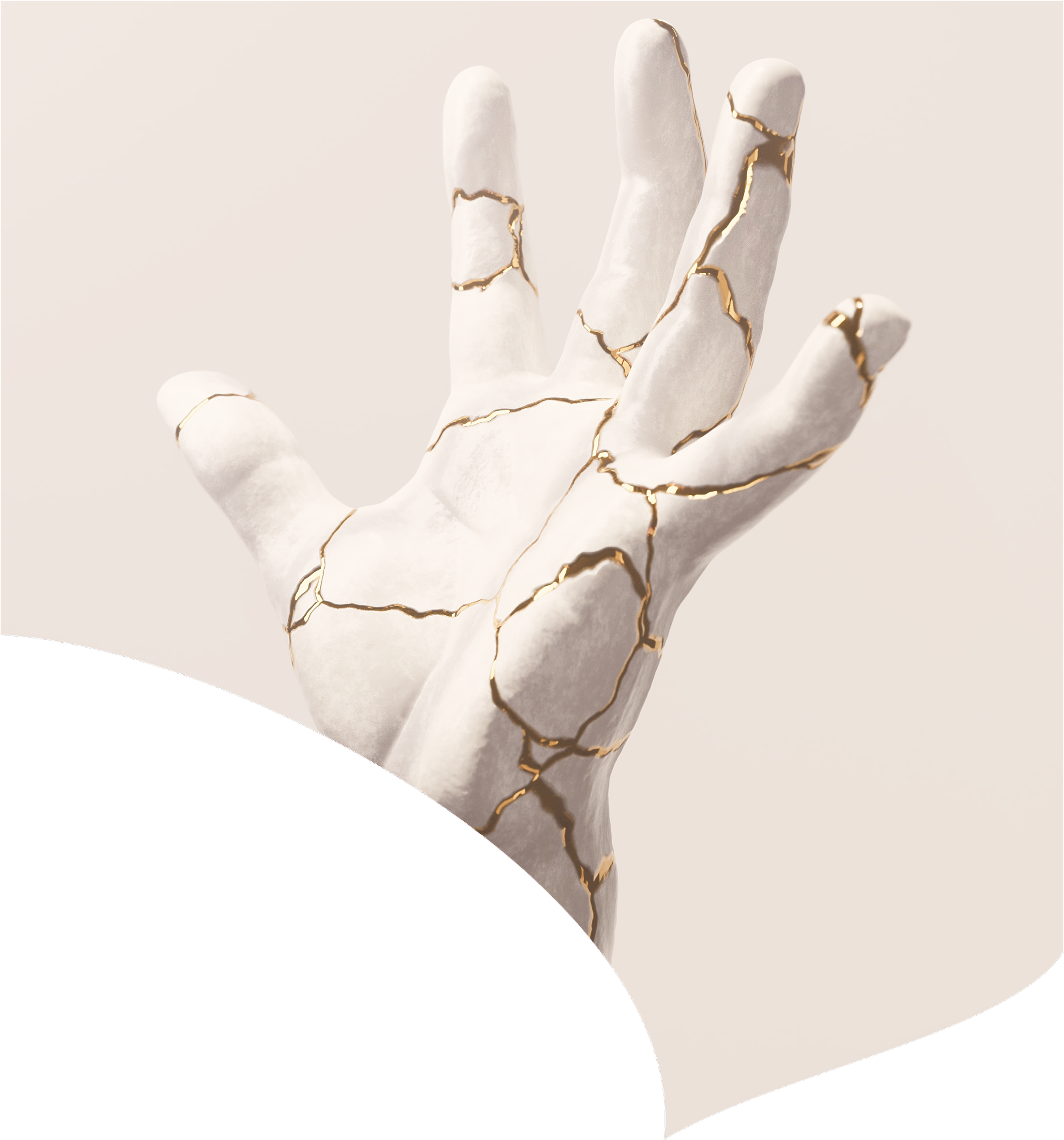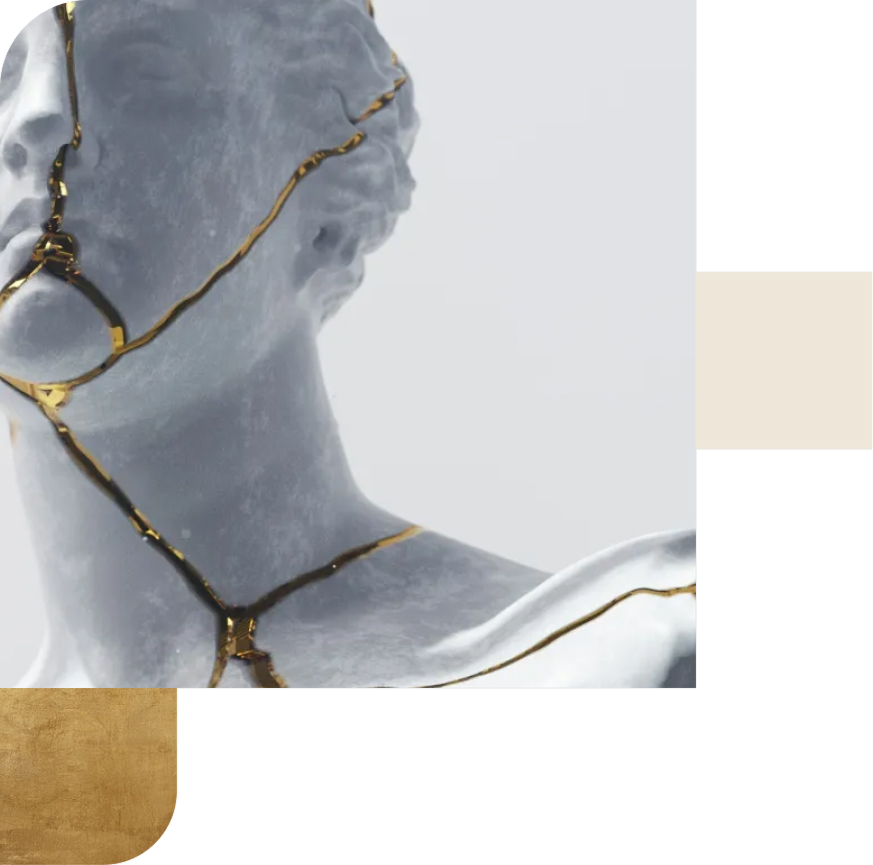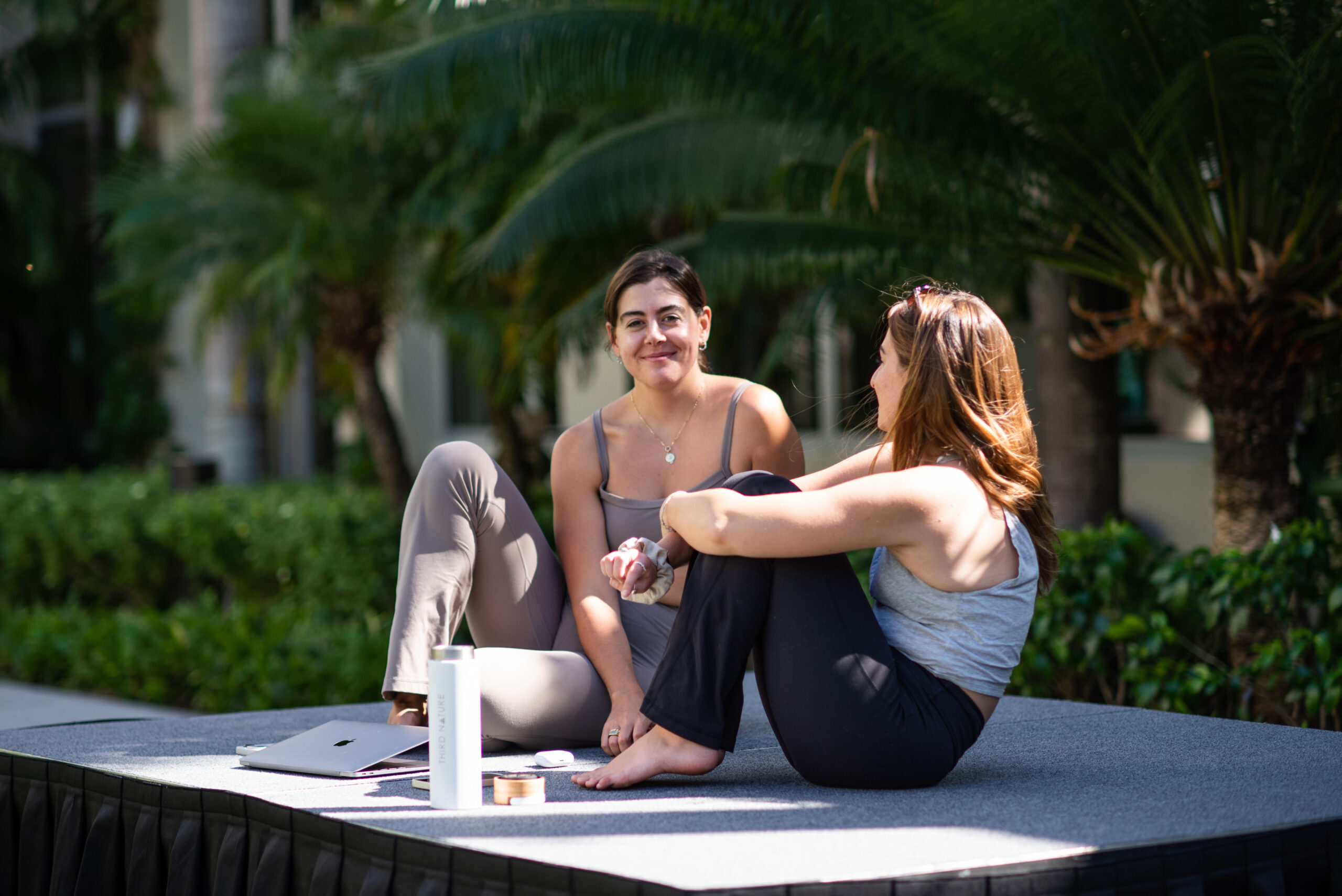
Saunas and cold plunges are having a moment.
People across the country are trading screen time for steam time—from backyard barrel saunas in Brooklyn to Scandinavian-style bathhouses in LA. Cold plunge collectives are popping up in every city. No matter where you look, people are freezing their butts off.
On purpose.
Even though it feels trendy, these things have been around forever. The Finns have known it for centuries. So have the Japanese. The Russians. The Icelanders. What’s new is the data.
Sauna sessions linked to 40%+ reductions in all-cause mortality. Cold exposure can trigger a 530% increase in norepinephrine (a stress hormone that boosts focus, energy, and resilience). Studies show improvements in mood, metabolism, recovery, sleep, immune resilience. Some research even suggests it may promote neurogenesis (the birth of new brain cells).
Sitting in the extreme heat or cold is uncomfortable, even painful. But that seems to be the point, biologically and psychologically speaking. We're talking about hormesis: the biological concept that small, intentional stress makes you stronger.
The gym does it to your muscles. Fasting does it to your metabolism. Sauna and cold plunge do it to everything: Your brain. Your mood. Your heart. Your metabolism. Your mitochondria. Your relationship to stress itself.
It’s time to step outside your comfort zone—quite literally—and discover what happens when you embrace the extremes. (Of course, always consult your physician before starting any new health regimen.)
INTO THE HEAT: EXPLORING SAUNA
In Finland, they say, “a house without a sauna is not a home.” There are over 3 million saunas in a country of 5.5 million people. For the Finns, sauna is a ritual. The Finnish concept of sisu—a cultural idea of resilience, determination, and grit—is embodied in the sauna practice.
In the depths of the Nordic winter, in which darkness stretches for 20 hours and temperatures plunge below freezing for months, the sauna became survival. It was the warmest place in the home, where families would gather, where mothers would give birth, where the dead were prepared for burial. It was sacred space.
Modern science also tells us that the physiological stress of extreme heat triggers a cascade of protective adaptations. In extreme heat, your body thinks it's in danger, so it prepares accordingly—becoming stronger in the process.
WHAT HAPPENS TO YOU IN A SAUNA?
Within minutes, you’re sweating. Your heart rate spikes to 120–150 bpm. Blood rushes to your skin, muscles, and brain. Your body’s trying to cool itself. Your core temperature rises and your cells begin to feel the pressure. Proteins lose their shape—like eggs hitting a hot pan.
This internal stress flips a biological switch. Your body releases heat shock proteins—tiny cellular repair crews. They refold damaged proteins, clear out debris, and help your system adapt to the heat. In essence, sauna puts your body through a short, sharp trial. And in response, your biology gets better at handling stress, repairing itself, and bouncing back stronger.
Meanwhile, your brain is getting a neurochemical cocktail. Beta-endorphins flood the system, creating a euphoric “post-sauna high.” Norepinephrine increases focus and alertness. Brain-derived neurotrophic factor (BDNF) goes up, which supports neuroplasticity and protects against cognitive decline.
It’s like exercise, but for your cells. You’re reprogramming your physiology to adapt to chaos more gracefully.
THE BENEFITS OF SAUNA
Cardiovascular Health: Sitting in a sauna 4–7 times a week can dramatically lower your risk of dying. A landmark 20-year study published in JAMA Internal Medicine found a 63% lower risk of sudden cardiac death, a 50% reduction in cardiovascular mortality, and a 40% drop in all-cause mortality compared to people who sauna’d just once a week. The more frequent the sauna sessions, the greater the benefit.
Mental Health: Finnish research found a 22% lower risk of psychotic disorders in regular sauna users. The heat triggers a release of beta-endorphins, creating a natural high and reducing stress. Raising your core temperature, then cooling down, may help disrupt depressive loops. Many people with depression report noticeable mood improvements after consistent sauna use.
Muscle Recovery: Heat exposure can speed up muscle repair, boost growth hormones, and expand blood plasma volume, improving endurance and performance in future workouts. One small study even found that infrared sauna sessions improved neuromuscular recovery following intense endurance training.
Detoxification: Your liver and kidneys handle most of your body’s detox work. But sweating can help, too—especially when it comes to eliminating certain heavy metals like lead, cadmium, and mercury. While “detox” claims are often overhyped, sauna use does support your body’s natural elimination pathways.
Immune Function: Regular use has been linked to a 30% reduction in colds and respiratory infections in some studies. The heat mimics a mild fever, which may help activate immune defenses before infections take hold. Think of it as proactive immune training.
Brain Health: Heat exposure boosts brain-derived neurotrophic factor (BDNF), a protein that supports learning, memory, and neuroplasticity. Higher BDNF levels are linked to better cognitive performance. Emerging research suggests regular sauna use may lower the risk of dementia and Alzheimer’s disease.
Insulin Sensitivity: Regular sauna use may help with blood sugar control. A few small studies have shown that repeated heat exposure can improve insulin signaling and lower blood glucose levels. This is likely due to increased circulation and heat-induced vasodilation (wider blood vessels = better nutrient delivery). It’s not a replacement for lifestyle or medication, but it might be a helpful metabolic ally.
Mitochondrial Fitness: Heat stress signals your cells to build new mitochondria, the tiny cells that power everything you do. This process, called mitochondrial biogenesis, boosts your energy production and cellular resilience. That’s a big deal, since fatigue and aging are often linked to mitochondrial decline. By exposing your body to heat, you’re training your cells to build a stronger, more efficient energy grid.
Exercise Without Movement: Sauna mimics the physiological effects of aerobic exercise: elevated heart rate, increased blood flow, improved VO2 max, even enhanced insulin sensitivity. It’s been called “passive cardio” for a reason. While it’s no substitute for real training, it can enhance recovery, boost metabolic flexibility, and improve glucose regulation.
The Longevity Signal: Heat exposure turns on some of the same anti-aging pathways triggered by fasting and cold plunges, including genes linked to cellular repair and longevity. It also ramps up autophagy, your body’s built-in system for clearing out damaged cells and debris. Together, these mechanisms help slow aging at the cellular level, keeping your biology younger, longer.
TYPES OF SAUNAS
Ultimately, the best sauna is the one you’ll use regularly. The key is consistency.
Traditional Finnish Sauna: 80–100°C (176–212°F), low humidity (10–20%)
How It Works: Heats the air with a wood-burning stove (kiuas) that heats stones. Water is occasionally thrown on the stones to create steam (löyly).
Key Effects: Intense dry heat causes profuse sweating and cardiovascular stimulation. Most research on heart and longevity benefits focuses on this type.
Infrared Sauna: 45–60°C (113–140°F), very low humidity
How It Works: Uses infrared light panels to heat the body directly without heating the air much. The IR waves penetrate deeper into skin and muscle.
Key Effects: More tolerable for heat-sensitive people due to lower air temperature. Prompts vigorous sweating at lower temperature, potentially aiding muscle recovery with less heat strain.
Steam Room: 40–50°C (104–122°F), 100% humidity (not technically a sauna)
How It Works: Fills an enclosed space with hot steam (moist heat). The humidity means sweat doesn't evaporate, so it feels very hot despite moderate temperature.
Key Effects:Moist heat can help loosen mucus and improve respiratory function. Good for skin hydration. However, high humidity can make breathing feel heavy for some people.
Dry Sauna: 70–90°C (158–194°F), very low humidity (below 10%)
How It Works: Uses electric heaters with no water added to stones. Creates an intense dry heat experience.
Key Effects: Excellent for sweating with less respiratory discomfort than steam rooms. Some find the extremely dry air harsh on sinuses compared to Finnish saunas with occasional löyly.
The Traditional Finnish sauna remains the gold standard in scientific research. Most long-term studies linking sauna use to reduced risk of cardiovascular disease, Alzheimer’s, and all-cause mortality have been done in Finland, using Finnish saunas 4–7 times per week.
Infrared saunas are newer and less studied, but they show promise. Because the infrared light penetrates more deeply, it may offer unique benefits for muscle recovery and pain relief, even at lower temperatures.
Steam rooms, while excellent for skin hydration and respiratory support, haven’t been studied nearly as extensively in the context of cardiovascular or longevity benefits. Similarly, dry saunas without steam are common in gyms and spas, but they may not deliver quite the same adaptive cardiovascular effects as Finnish saunas.
SAUNA PROTOCOLS
Most research showing significant health benefits involves sessions 3–7 times per week. More frequent sauna use correlates with greater benefits, up to a point.
Multiple shorter sessions with cooling periods in between may provide greater benefits than one extended session. Research suggests longer sessions (19+ minutes) are associated with greater cardiovascular risk reduction compared to short sessions (<11 minutes).
Some evidence suggests evening sauna sessions (2–3 hours before bed) may improve sleep quality due to the subsequent drop in core body temperature. Sauna after a workout is popular for muscle recovery, but give yourself at least an hour before bed to cool down.
For beginners, a sample protocol might be:
- Weeks 1–2: 1–2 sessions per week, 5–10 minutes each
- Weeks 3–4: 2–3 sessions per week, 10–15 minutes each
- Weeks 5+: 3–4 sessions per week, 15–20 minutes each, potentially working up to daily sessions
Research suggests added benefits when sauna is combined with regular exercise. A light workout followed by a sauna might synergistically improve heart health. Some athletes also use “sauna training” to acclimate to heat, which can increase endurance in hot conditions and boost plasma volume.
KNOWING THE RISKS
Dehydration: Drink 1–2 glasses of water before entering and rehydrate afterward. Consider electrolyte replacement after extended or frequent sessions.
Blood Pressure Changes: Saunas cause temporary drops in blood pressure. People with cardiovascular conditions should consult healthcare providers before beginning a sauna regimen.
Pregnancy Considerations: Pregnant women should avoid saunas, particularly during the first trimester. Elevated core body temperatures above 39°C (102°F) for extended periods have been associated with neural tube defects and miscarriage.
Age Factors: In Finland, sauna bathing is a deeply rooted family tradition introduced in infancy. But despite widespread use and parental monitoring, there are still no formal guidelines to ensure the safe exposure of infants and children to high temperatures. The elderly should be also cautious—particularly those with orthostatic hypotension or other cardiovascular issues.
Medication Interactions: Certain medications (especially those affecting blood pressure, heart rate, or causing drowsiness) may interact poorly with heat exposure.
THE COLD, HARD TRUTH: EXPLORING COLD EXPOSURE
Humans have been intentionally immersing themselves in frigid waters for millennia. Ancient Romans would end their elaborate bathing rituals with a plunge into the frigidarium. Russian “walruses” have been breaking winter ice for cold swimming for generations. The Japanese tradition of misogi involves standing under icy waterfalls as a purification ritual. These weren't just tests of endurance—they were pathways to vitality.
Modern research echoes what these ancient cultures intuitively knew. Controlled exposure to extreme cold sets off a chain reaction inside us—releasing norepinephrine, boosting mood, reducing inflammation, enhancing metabolism, and training the body to be more resilient.
WHAT HAPPENS TO YOU IN A COLD PLUNGE?
You get in, and your body panics. It’s painful. You gasp for breath. Your skin tightens. Every cell starts screaming at you to get out. That’s the cold shock response. Below 59°F (15°C), your system flips into survival mode.
Blood vessels constrict, shuttling blood to your core to protect vital organs. Heart rate spikes. The fight-or-flight system kicks in, signaling full-body alert. Norepinephrine surges, sharpening focus, reducing pain, and lifting mood. Inflammation pathways shift. Your immune system activates. Your brain lights up with dopamine, epinephrine, and more.
This controlled stress teaches your nervous system resilience. Cold plunges push your nervous system to the edge—and then teach it how to stay calm. Over time, the shock fades. The body adapts. The mind follows. You recover faster. You breathe deeper. The mind learns that discomfort is temporary, building psychological fortitude alongside physical resilience. In a world where comfort and convenience are prioritized, cold exposure offers a radical alternative: intentional discomfort as a pathway to greater vitality.
THE BENEFITS OF DELIBERATE COLD EXPOSURE
Triggers a Deep Calm: When exposed to cold water—especially when your face is submerged—your body flips a biological survival switch called the mammalian dive reflex. Your heart rate slows. Blood rushes from your extremities to protect your brain and vital organs. And your vagus nerve lights up, helping you shift into a calm, parasympathetic state. You don’t even need a full plunge—just dipping your face in ice water can activate it. It’s one of the fastest ways to reset your nervous system.
Reduces Inflammation: When you get into a cold plunge, your blood vessels tighten up; that’s called vasoconstriction. Once you get out and warm up, those vessels open back up again—vasodilation. That squeeze-and-release effect acts like a natural pump, helping to flush out waste and inflammatory chemicals from your tissues. It’s one reason cold plunges may help with soreness, swelling, and faster recovery after intense workouts or injury.
Boosts Your Mood: Cold exposure floods your brain with norepinephrine, a key neurochemical for focus, energy, and mood. Some studies show levels can spike over 500% after a plunge. That rush helps explain why people feel clear, calm, and even euphoric afterward.
Feel-Good Chain Reaction: Cold exposure sets off a powerful chain reaction in your nervous system. First, adrenaline surges. That signals your vagus nerve. Your brain responds by pumping out norepinephrine. In turn, that triggers a release of dopamine. The result is a wave of clarity, energy, and calm euphoria. It’s a full neurochemical symphony.
Activates Fat Burning: Cold exposure activates brown fat, a special type of fat that burns energy to keep you warm. Unlike regular fat, which just sits there storing calories, brown fat burns calories to generate heat. That process doesn’t just keep you warm; it can also speed up your metabolism and help manage weight over time.
Strengthens Your Immune System: Regular cold exposure can stimulate your immune response. It boosts the production and circulation of white blood cells and natural killer cells, your body’s front line against infection. Some studies suggest that people who practice cold exposure get sick less often and recover faster—likely thanks to this upgraded immune readiness.
TYPES OF COLD EXPOSURE
Cold Plunge/Ice Bath: Typically water between 10–15°C (50–59°F) for beginners and as cold as 0–5°C (32–41°F) for advanced practitioners. Full body immersion for durations ranging from 30 seconds to several minutes.
Cryotherapy: Brief (2–4 minute) exposure to extremely cold air (-110°C to -140°C) in a specialized chamber. The extreme temperature creates a different physiological response than water immersion.
Cold Showers: The most accessible form of cold therapy, typically around 10–15°C (50–59°F), used for 30 seconds to 5 minutes.
Facial Cold Plunge: Immersing just the face in ice water for 15–30 seconds.
Wild Swimming: Natural cold water immersion in lakes, rivers, or oceans, with temperatures varying seasonally and geographically.
COLD EXPOSURE PROTOCOLS
Cold therapy timing is essential. It is best done earlier in the day. Cold spikes your catecholamines (norepinephrine, dopamine), which can interfere with sleep if done too late.
And while cold water immersion has been widely used for post-exercise recovery, recent research suggests it may actually blunt muscle growth and adaptation when used immediately after strength training. It appears to reduce inflammation necessary for muscle rebuilding. Specifically, cold exposure within 2–8 hours after resistance training can reduce strength and hypertrophy gains. However, cold exposure performed before resistance training or on separate days from training shows no negative impact on muscle growth or strength development.
Aim for 3–5 sessions per week, totaling 11 minutes of cold exposure. That’s enough to unlock most of the benefits, though some practitioners like Wim Hof advocate daily practice.
- Beginners: 30–60 sec at 50–59°F (10–15°C)
- Intermediate: 1–2 min at 41–50°F (5–10°C)
- Advanced: 3+ min at 32–41°F (0–5°C)
Or you can try the “Walls of Adrenaline” approach, picking how many walls you’ll face before you begin. This makes cold exposure personal, scalable, and more effective. Instead of fixating on time or temp, listen to your nervous system:
- Wall 1: That initial dread before you even step in
- Wall 2: The breath spike in the first 20–30 seconds
- Wall 3: The moment your brain screams “GET OUT”
Don’t hold your breath. Control it. Deep, slow nasal breathing helps ride the wave of shock.
KNOWING THE RISKS
Cold Shock Response: That first gasp reflex and spike in breathing when you hit cold water can be dangerous—especially in open water. Never go alone, and always enter slowly and with control.
Hypothermia: Too much time in cold water—especially below 10°C (50°F)—can dangerously lower your core body temp. People with low body fat are more susceptible.
Cardiovascular Stress: Cold plunges spike blood pressure and heart rate. If you have heart conditions or uncontrolled hypertension, consult a doctor first.
Afterdrop: Even after you exit, your core temp can keep dropping as cold blood from your limbs returns to your center. Warm up gradually.
CONTRAST THERAPY: COMBINING HOT AND COLD
Contrast therapy, pair hot and cold, may offer benefits beyond either option alone.
Thermal Pump Effect: Heat causes blood vessels to widen; cold causes them to tighten. Alternating the two acts like a vascular pump, improving elasticity and blood flow, circulation efficiency, and cardiovascular resilience.
Resilience Training: Shifting between temperature extremes delivers multiple mild stressors, triggering your body’s adaptive mechanisms. This may lead to greater resilience, reduced inflammation, and better stress tolerance than using heat or cold alone.
Smarter Recovery: Cold exposure right after training can sometimes blunt growth signals. But combining heat first, then a short cold exposure, may reduce soreness without interfering with muscle adaptation—offering the best of both recovery and performance.
Here’s a sample contrast protocol to repeat 2–3 times per week:
- 15–20 minutes in sauna (176–212°F/80–100°C)
- 1–2 minutes cold plunge (50–59°F/10–15°C)
- 10–15 minutes in the sauna
- 1–2 minutes cold plunge
- 5–10 minutes rest at room temperature
THE COMPREHENSIVE ADVANTAGES
Cold exposure is a practice in choosing discomfort on purpose—learning to stay present when everything in you wants to flee. You're not just training your body; you're training your relationship with adrenaline, stress, and control. The “walls” you hit mirror real-life moments: difficult conversations, hard decisions, or showing up when it’s easier to shut down.
Contrast this with heat: the stillness of the sauna, the urge to escape the intensity, the suffocating fog that demands surrender. It’s another kind of stress—quieter, internal, and just as powerful.
Cold forces you to act. Heat invites you to stay. Both build resilience. This is the essence of thermal practice: using temperature as a tool to cultivate strength, clarity, and calm. The goal isn’t suffering. It’s transformation.
|
Disclaimer: This newsletter is provided for educational and informational purposes only and does not constitute providing medical advice or professional services. The information provided should not be used for diagnosing or treating a health problem or disease, and those seeking personal medical advice should consult with a licensed physician.
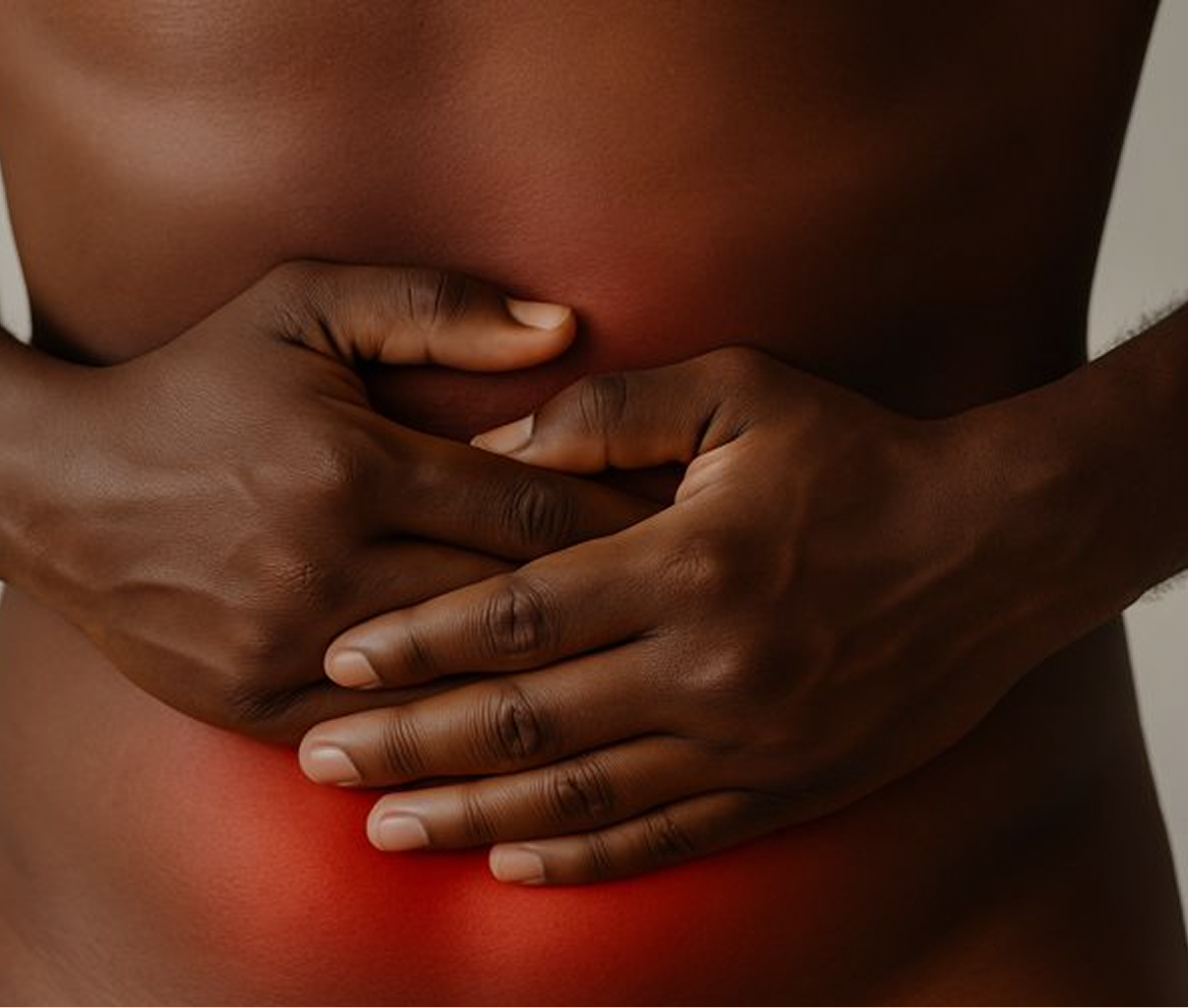
December 19, 2025

December 12, 2025

December 8, 2025
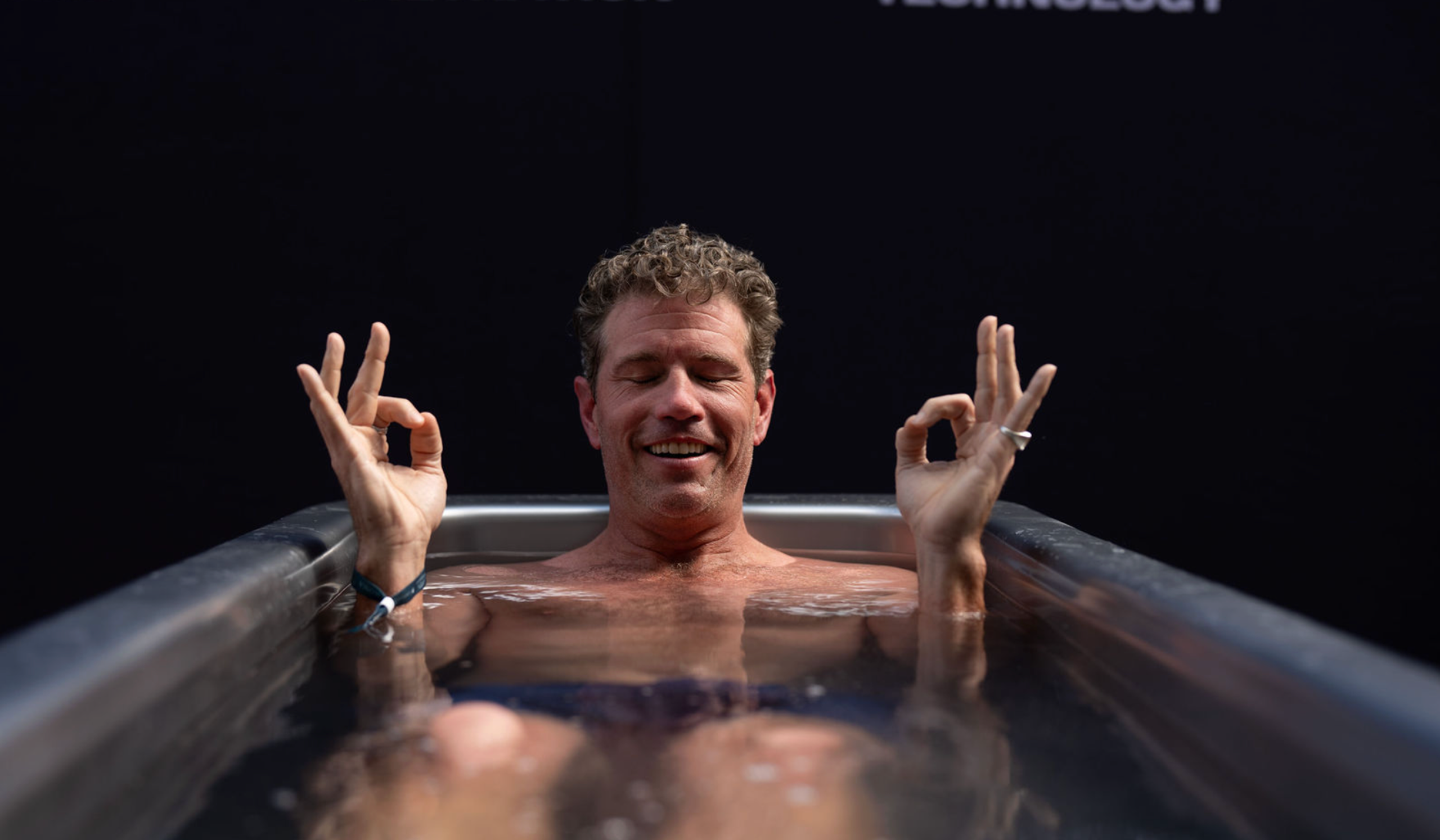
December 5, 2025

November 21, 2025

November 14, 2025

November 14, 2025
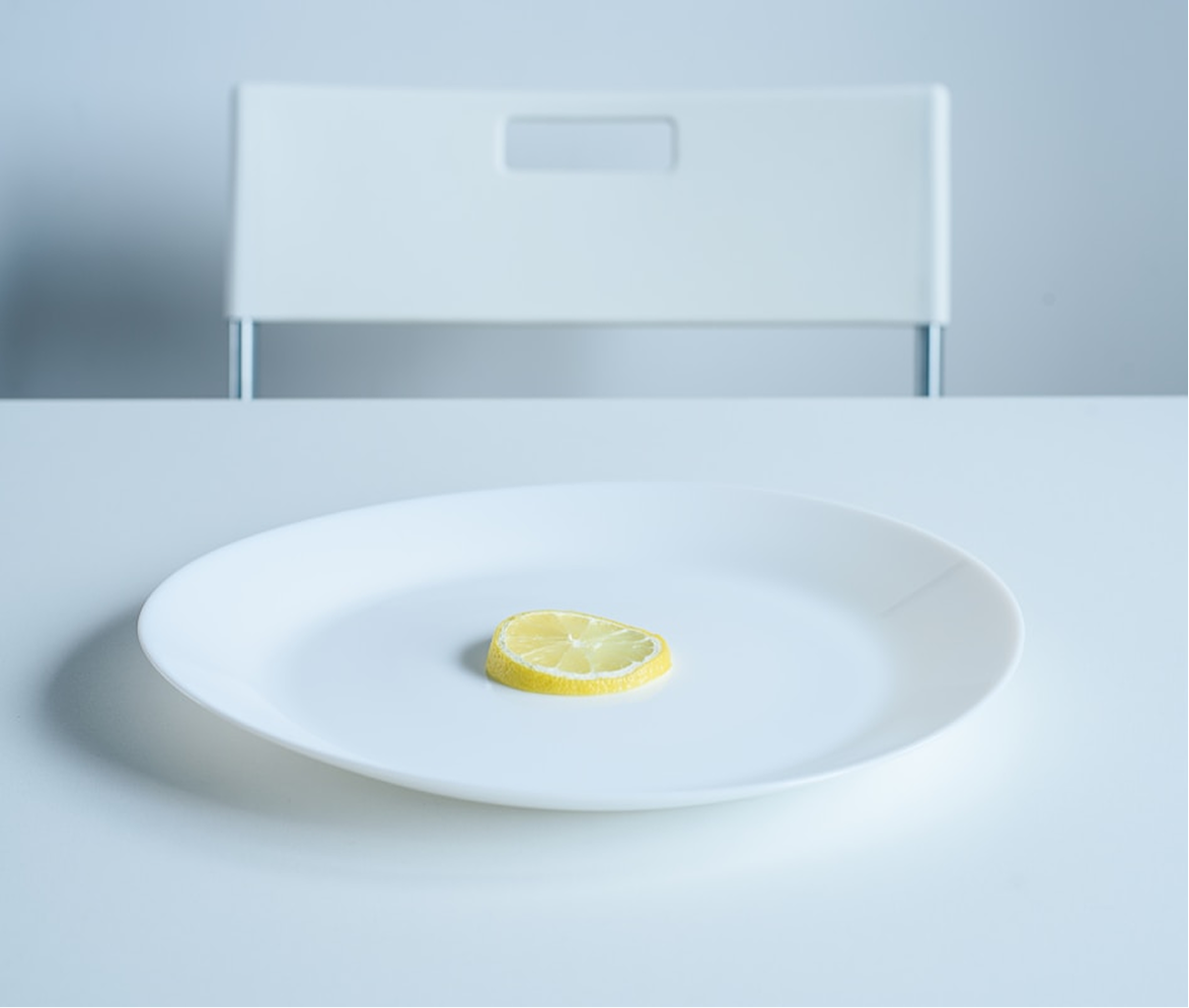
November 7, 2025
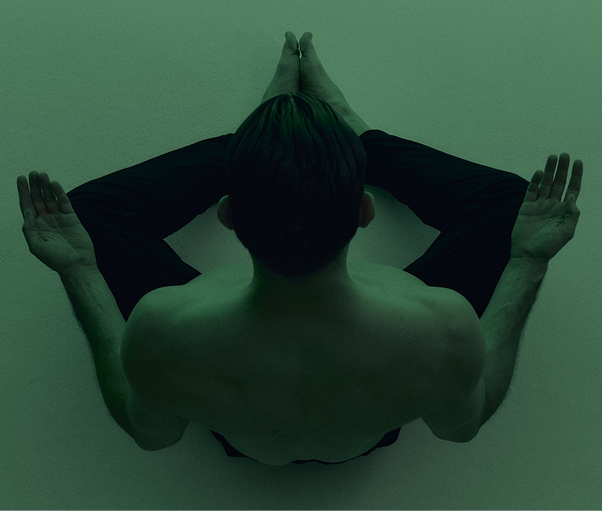
October 31, 2025
